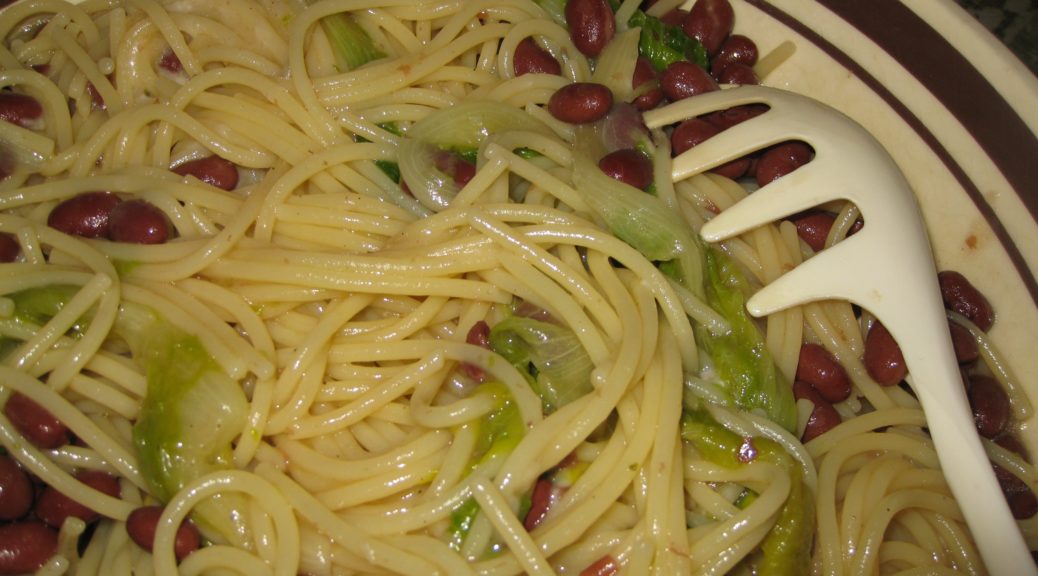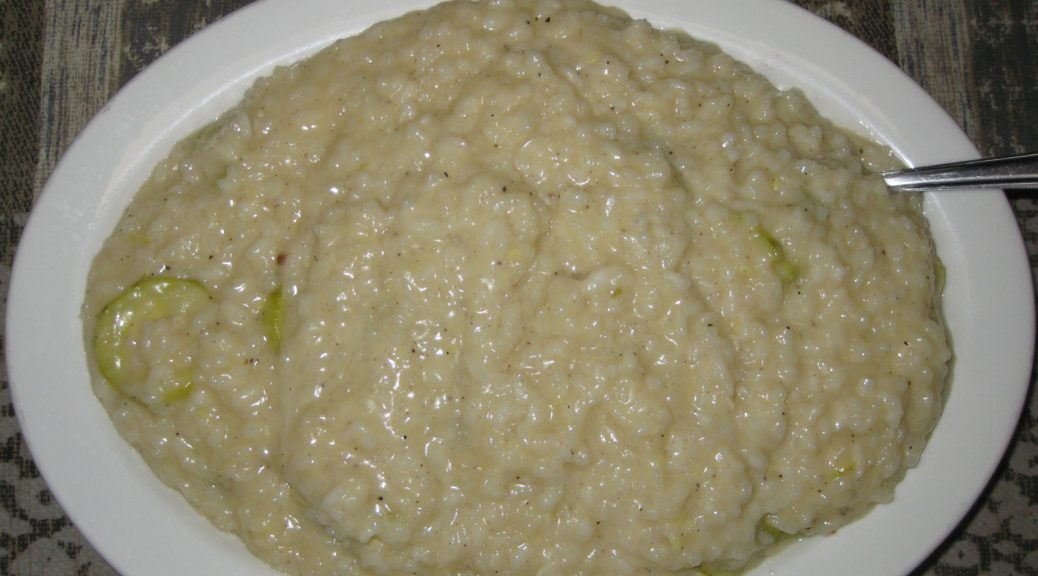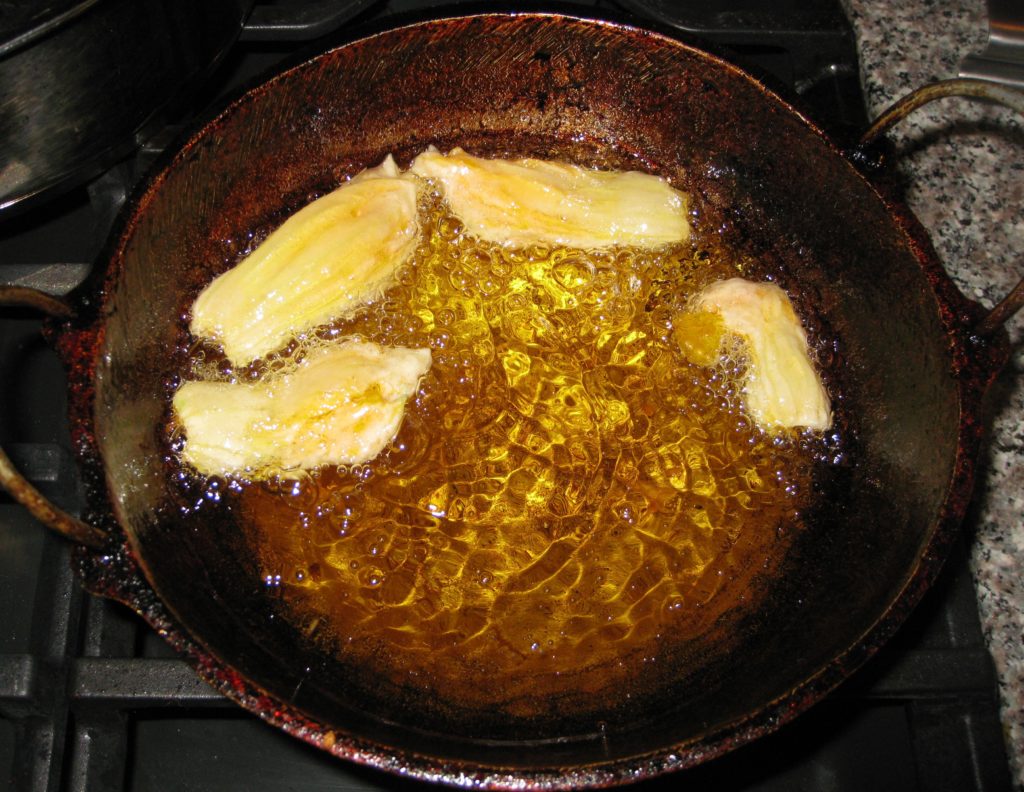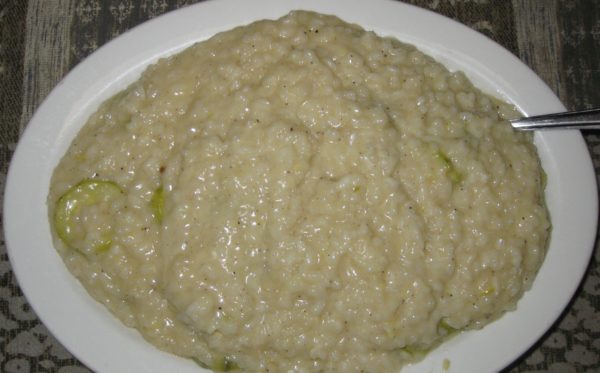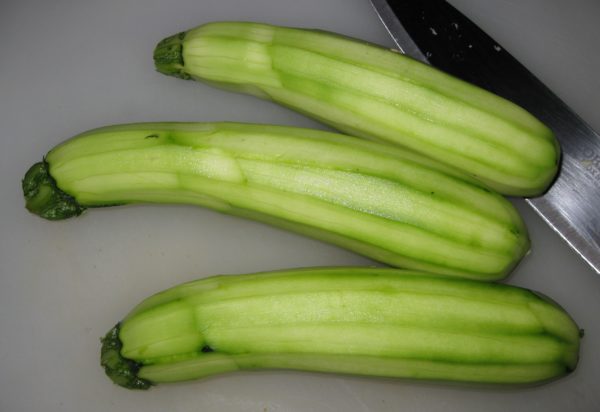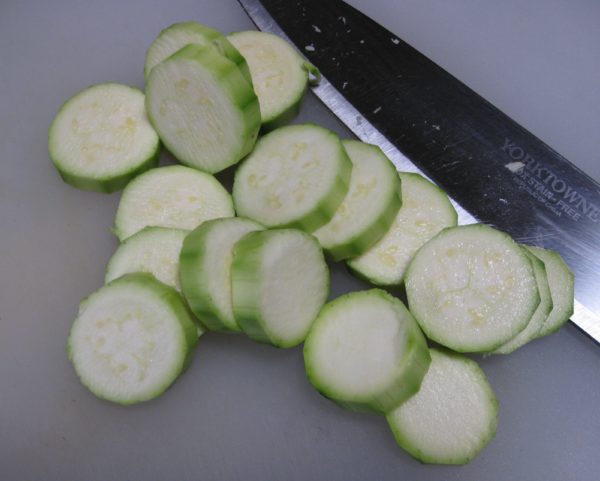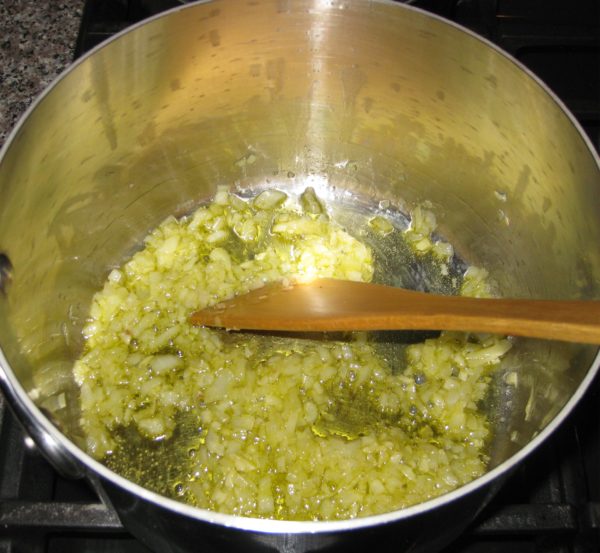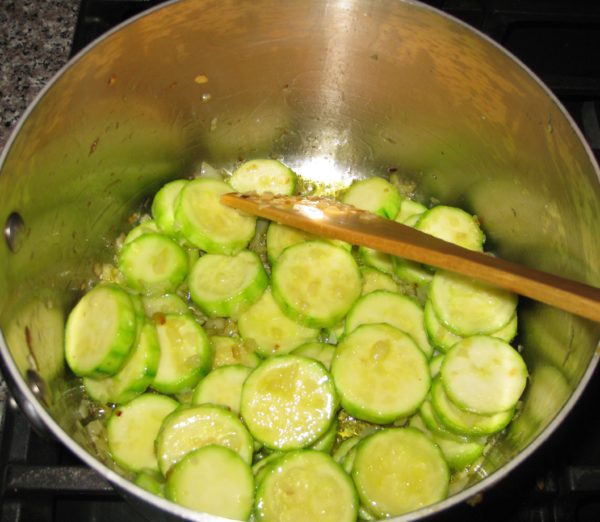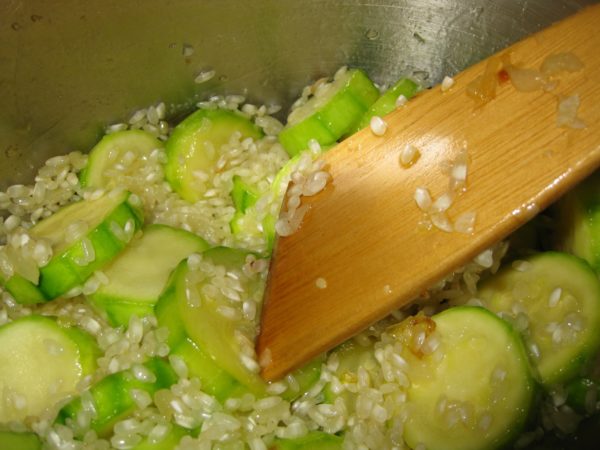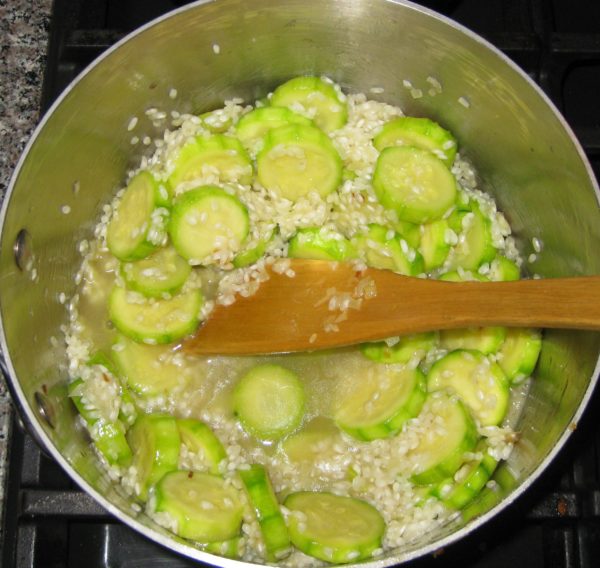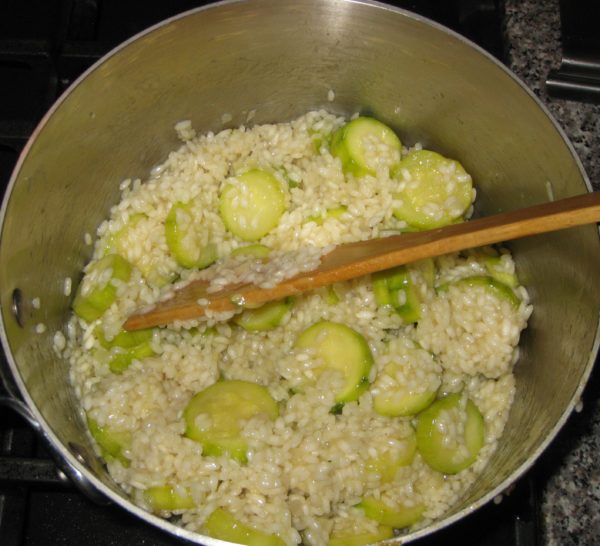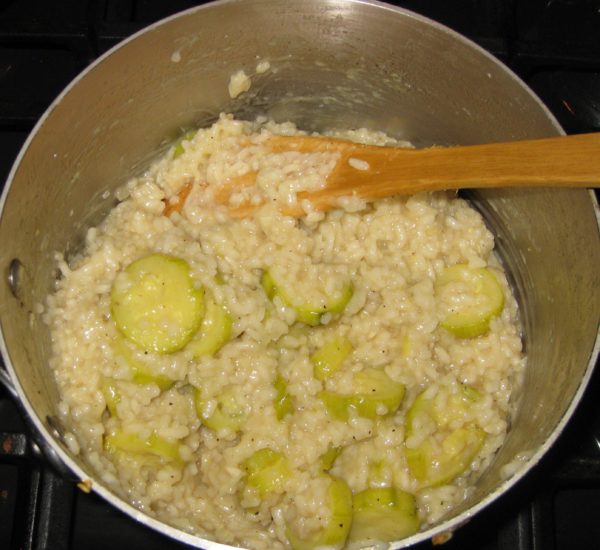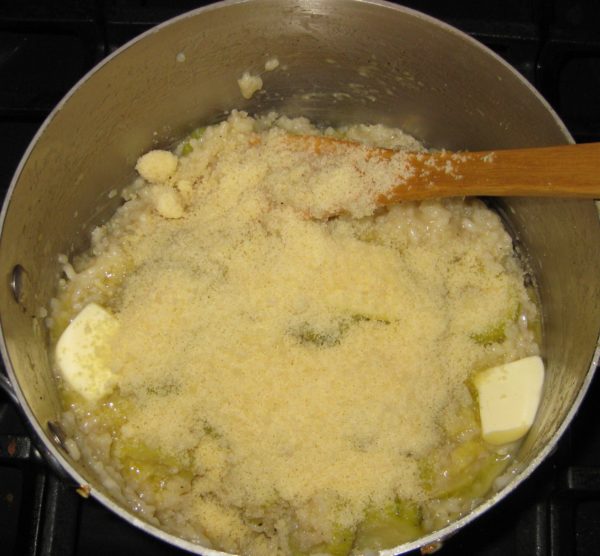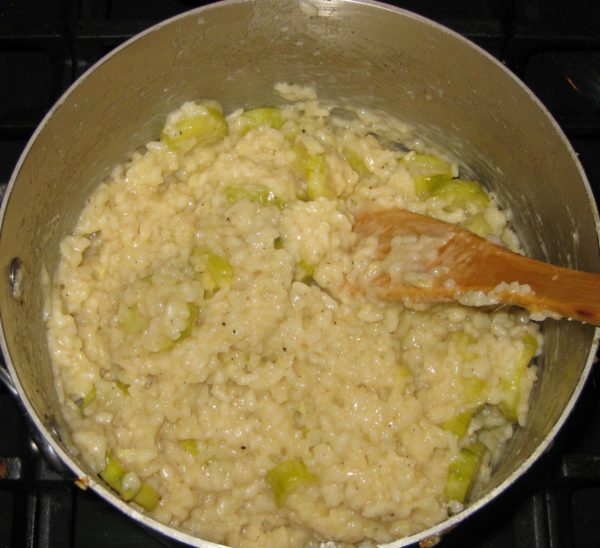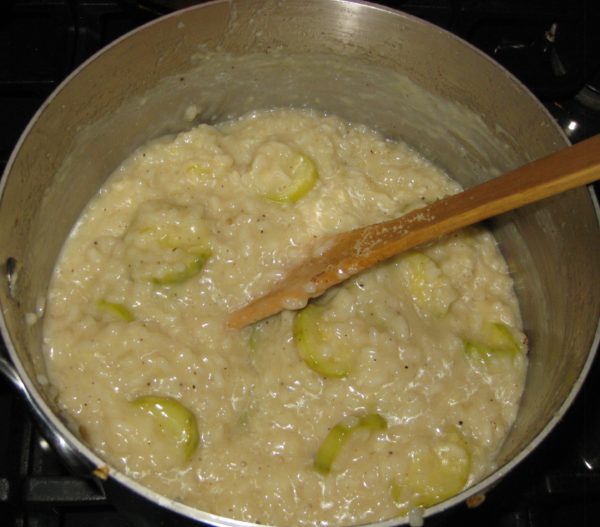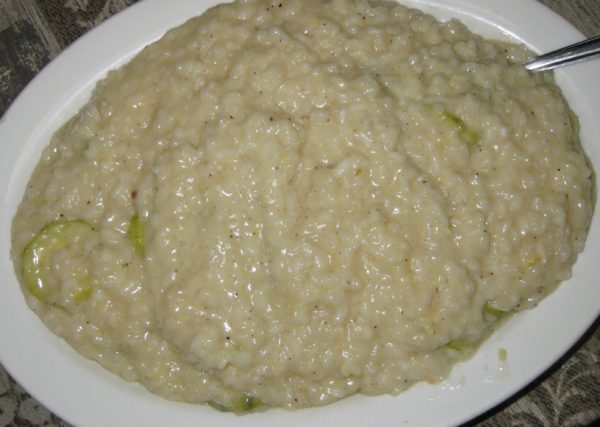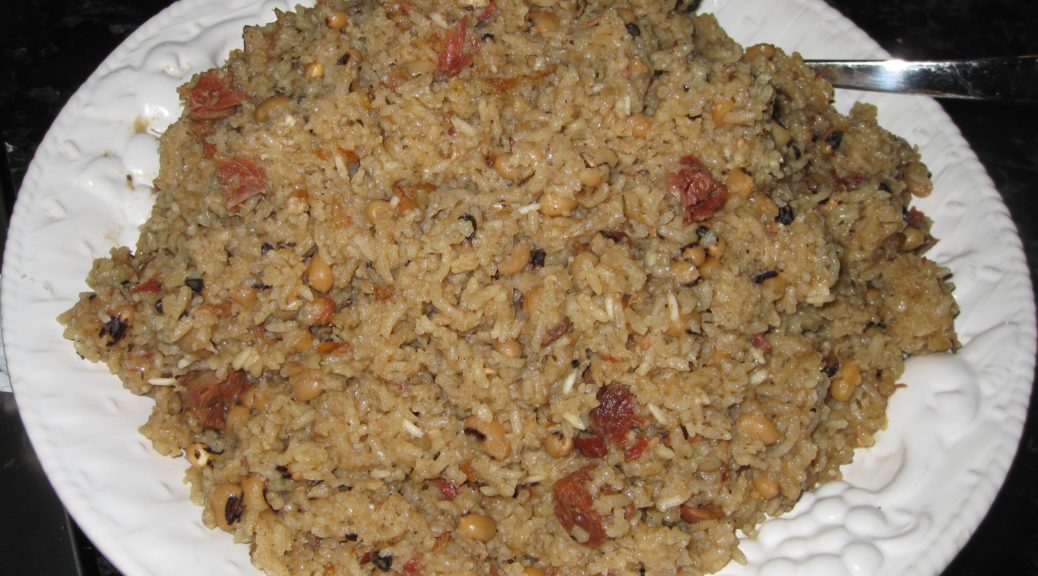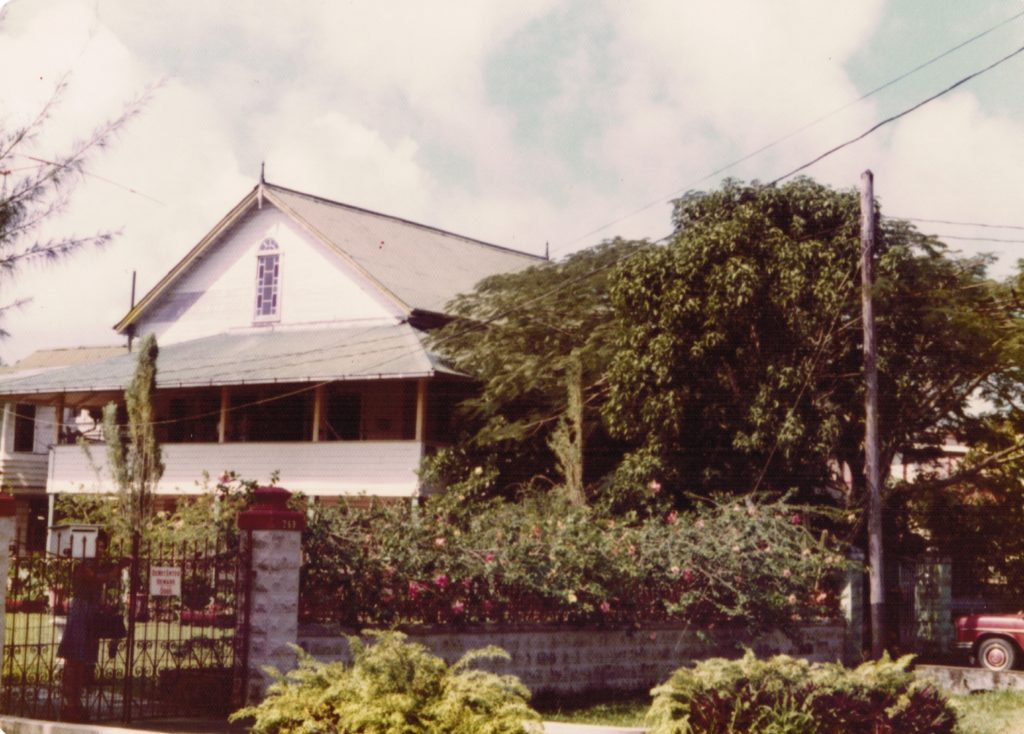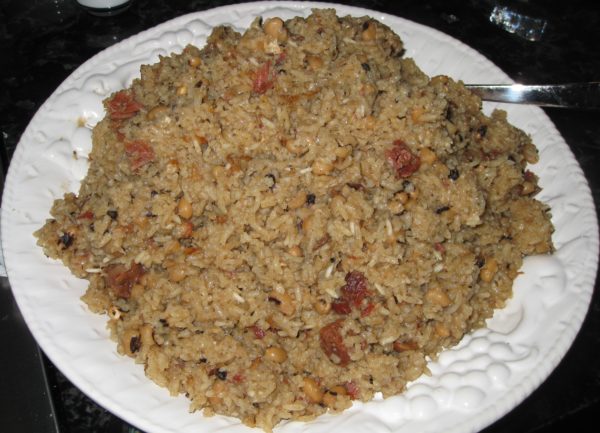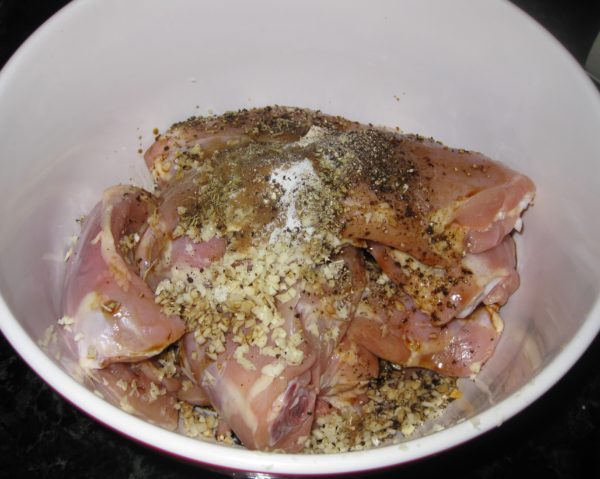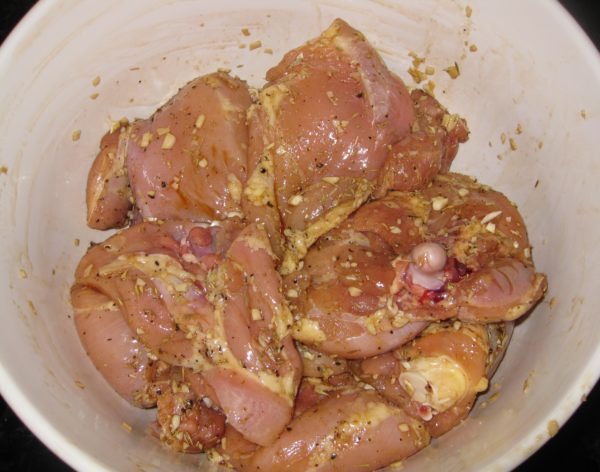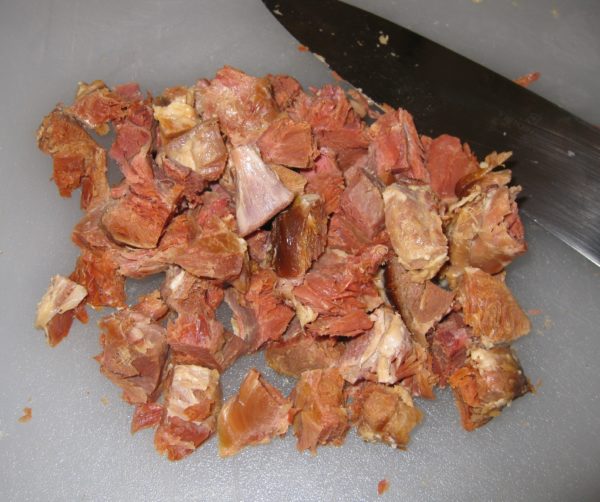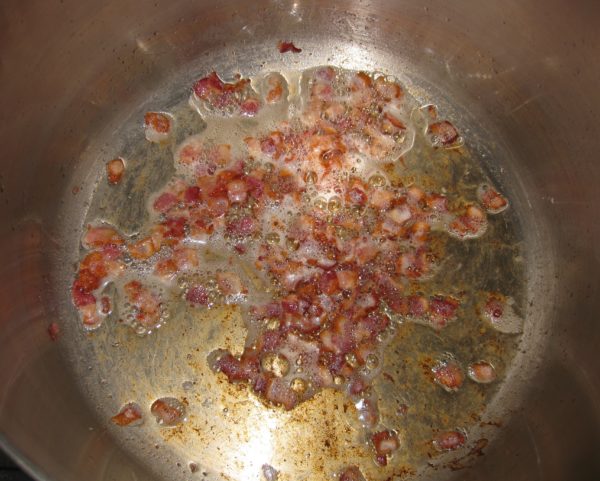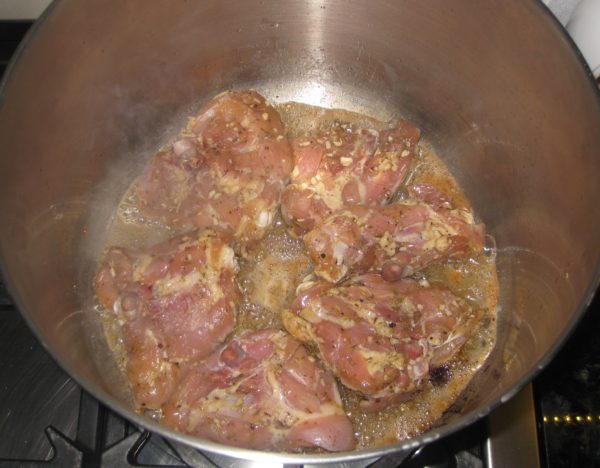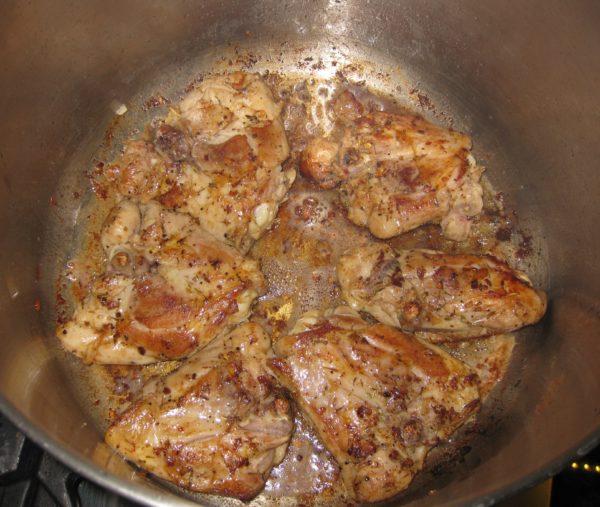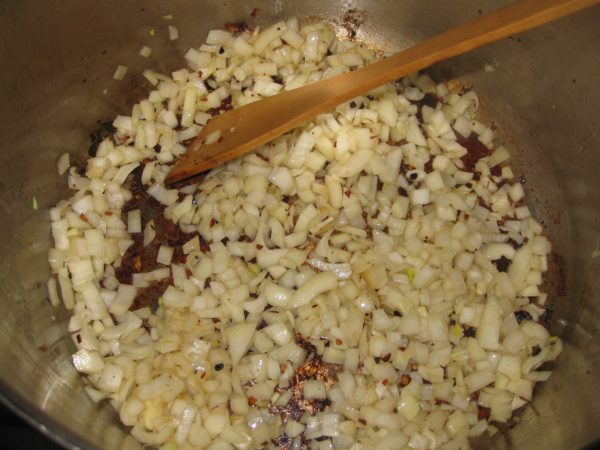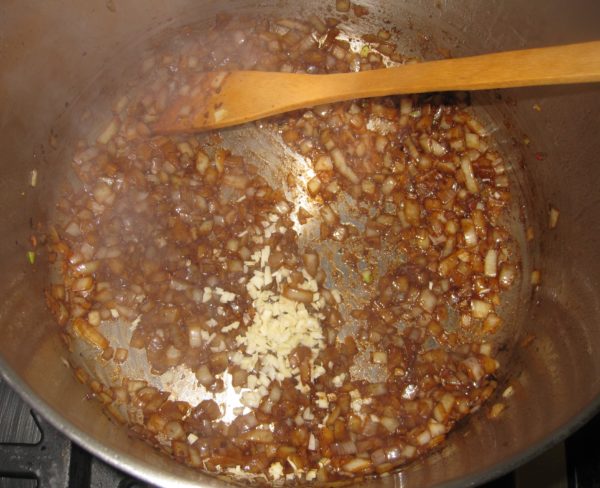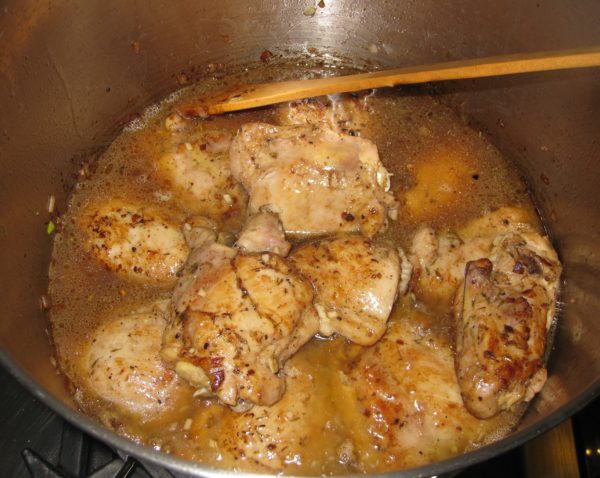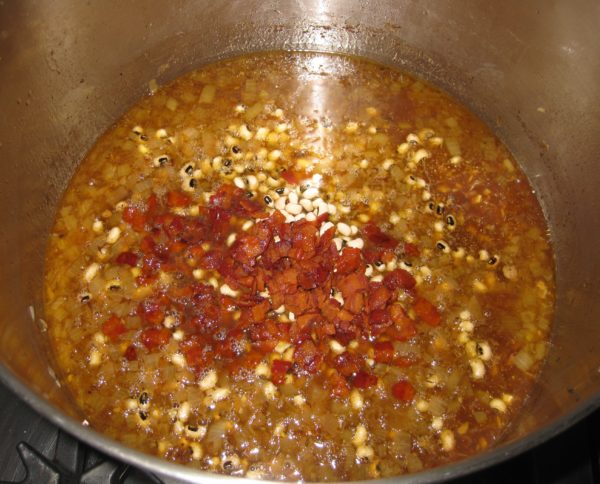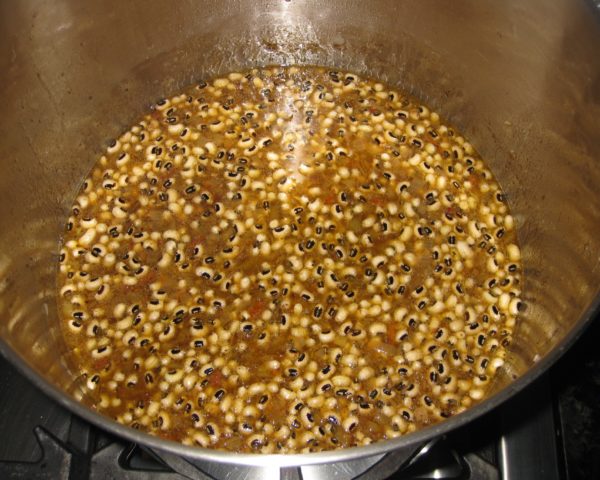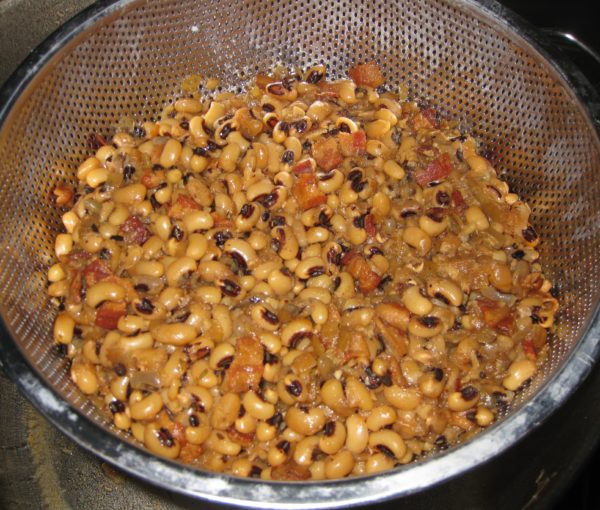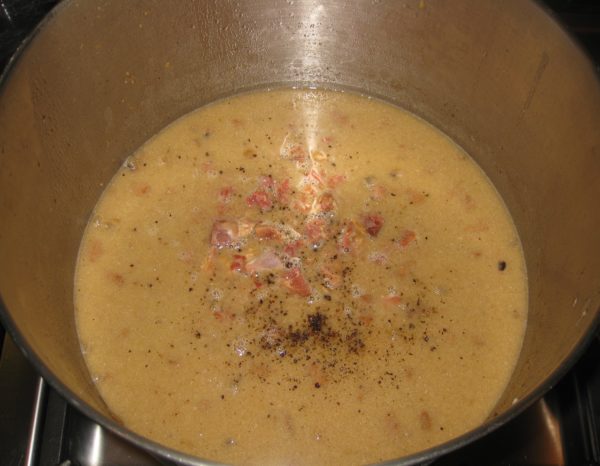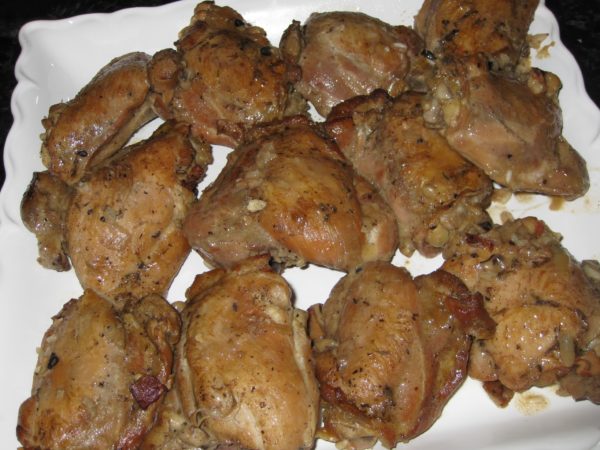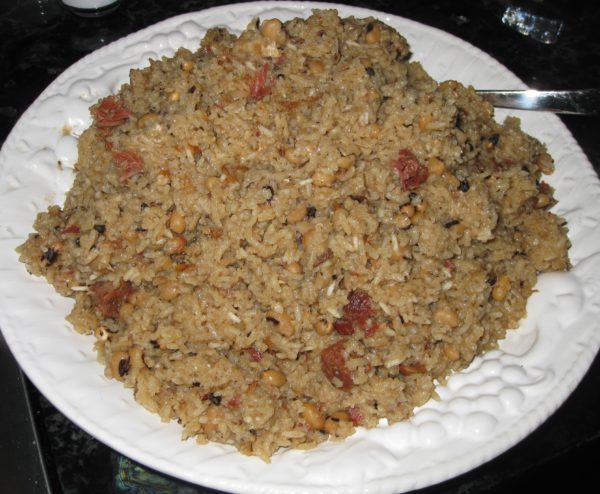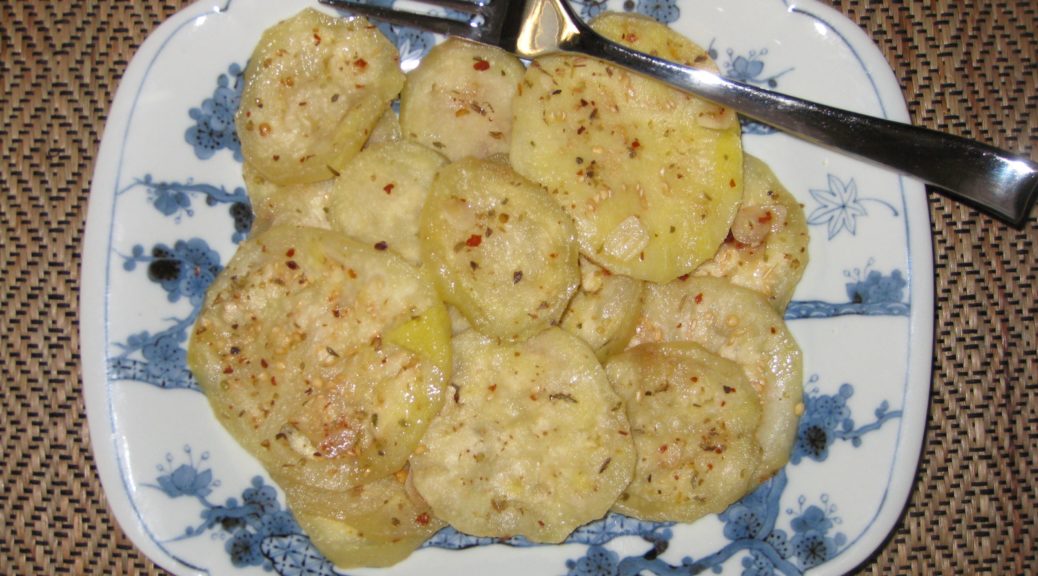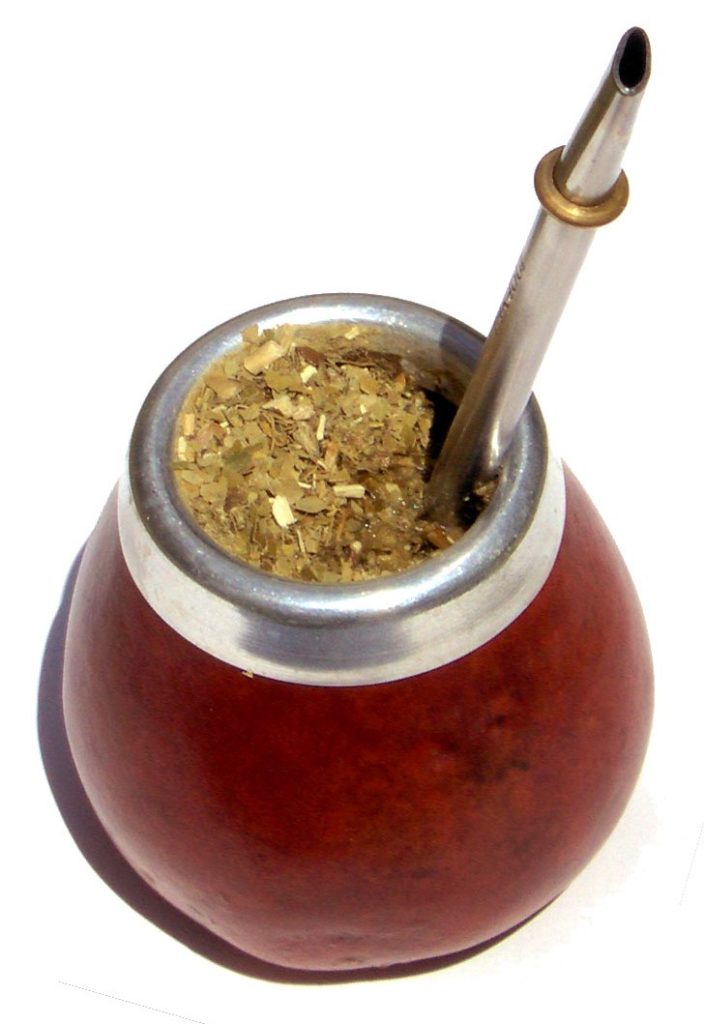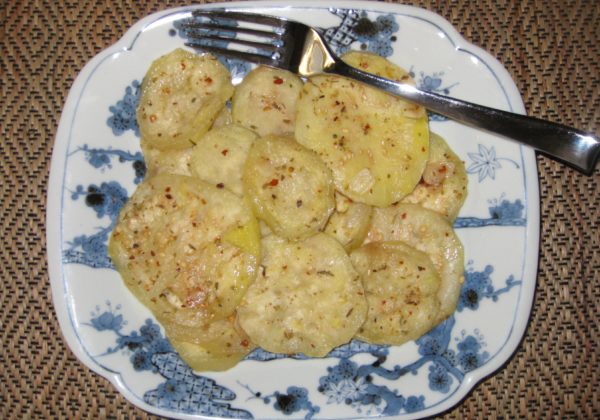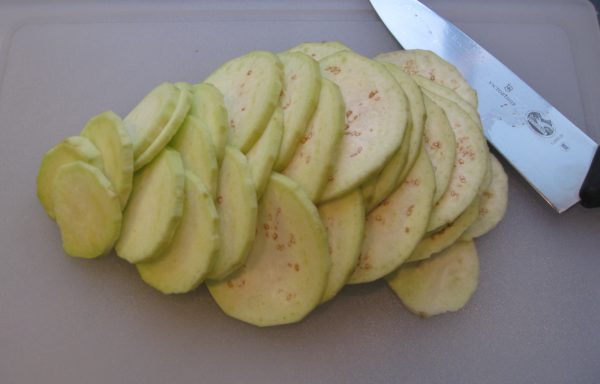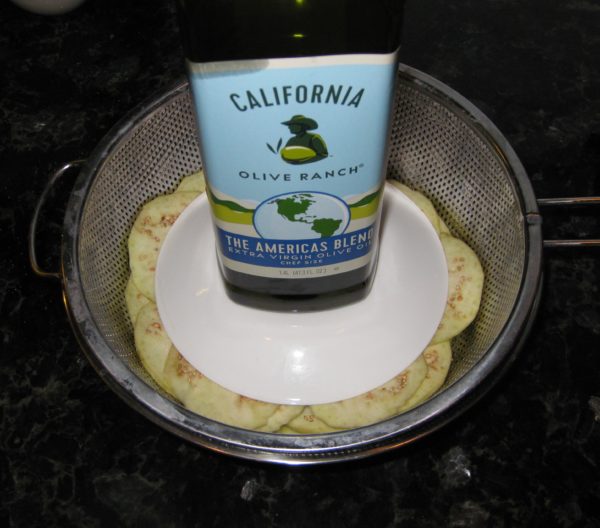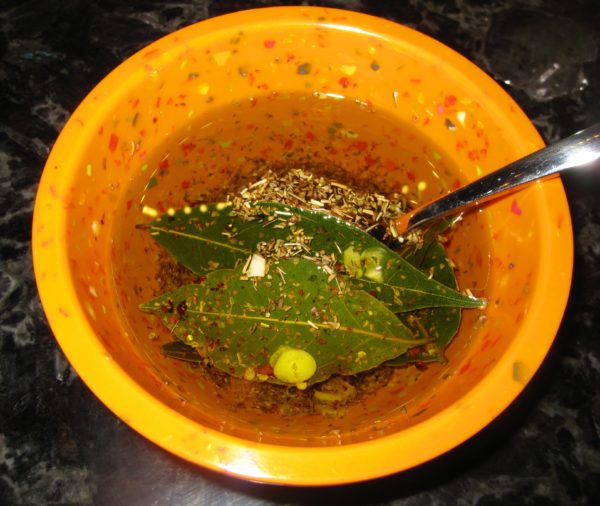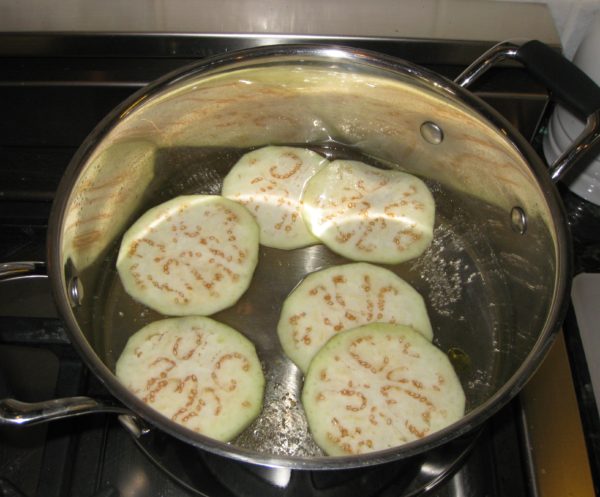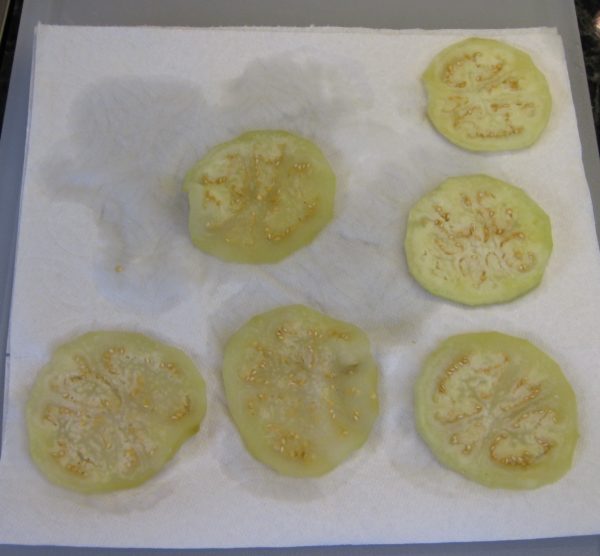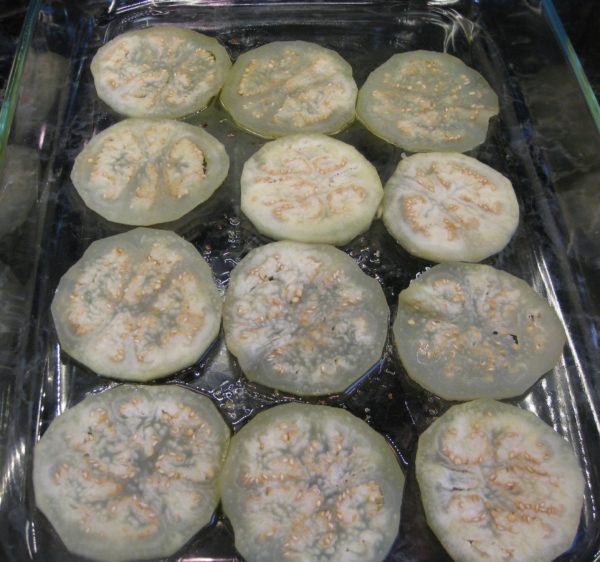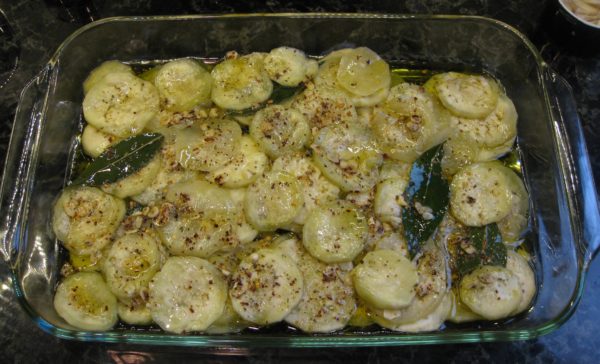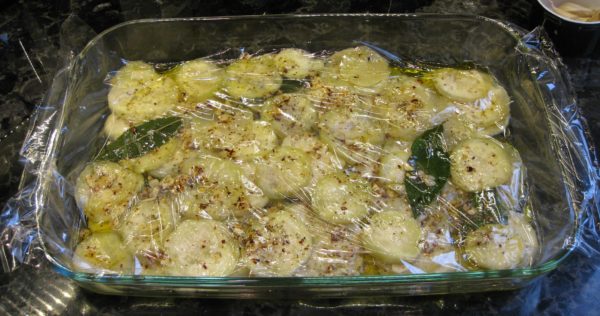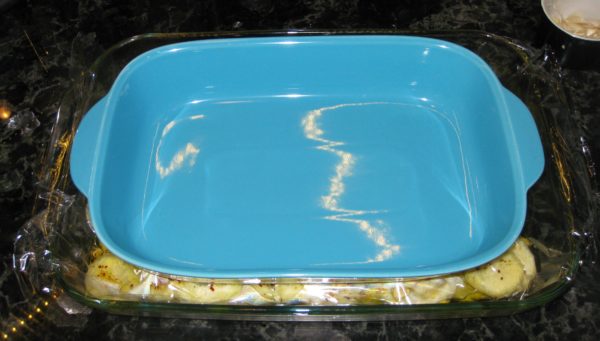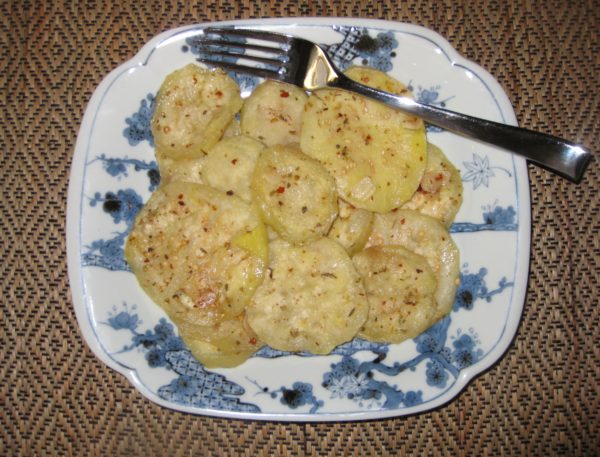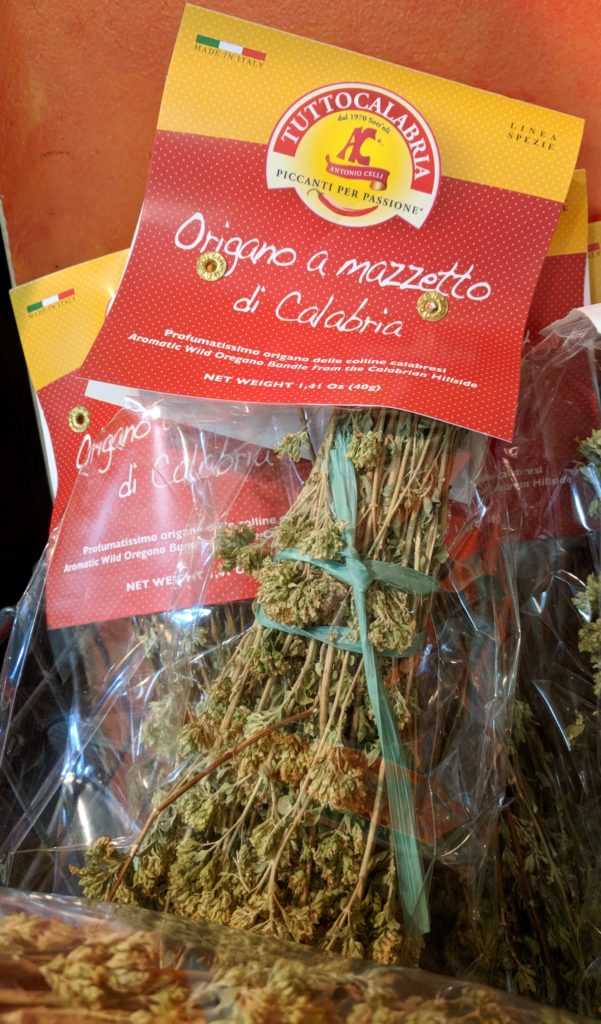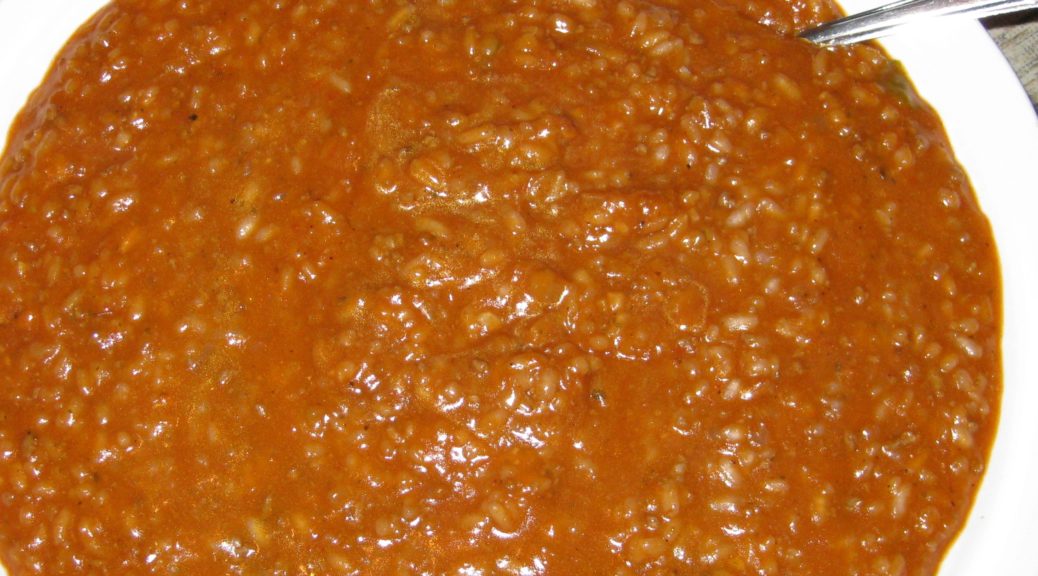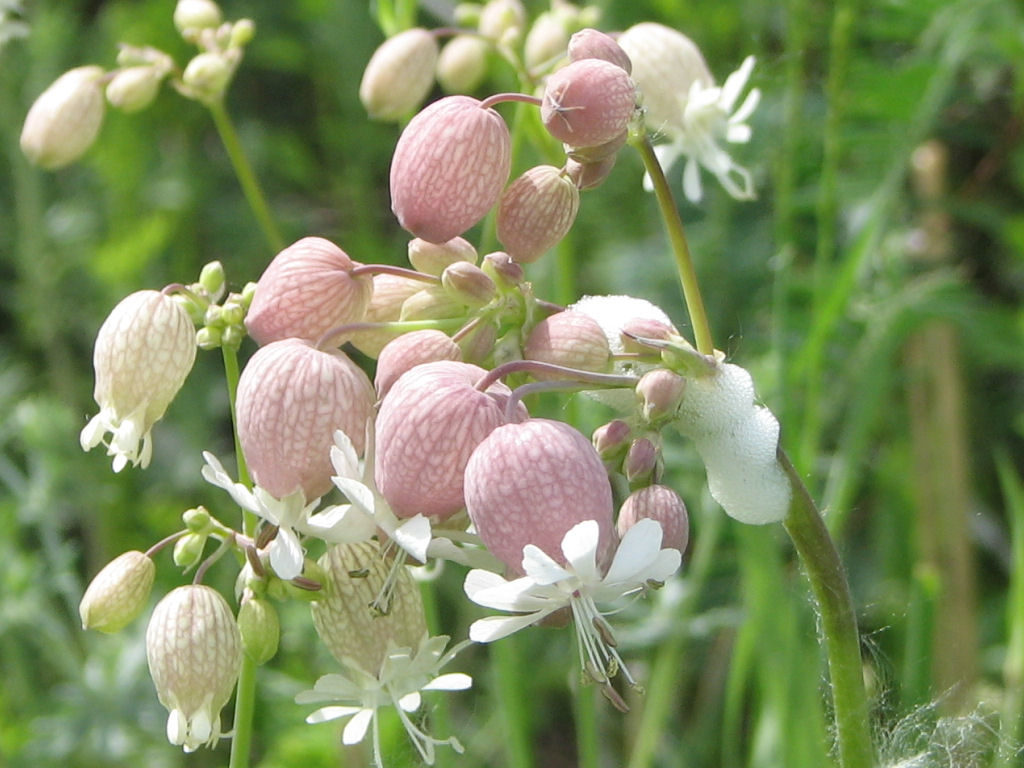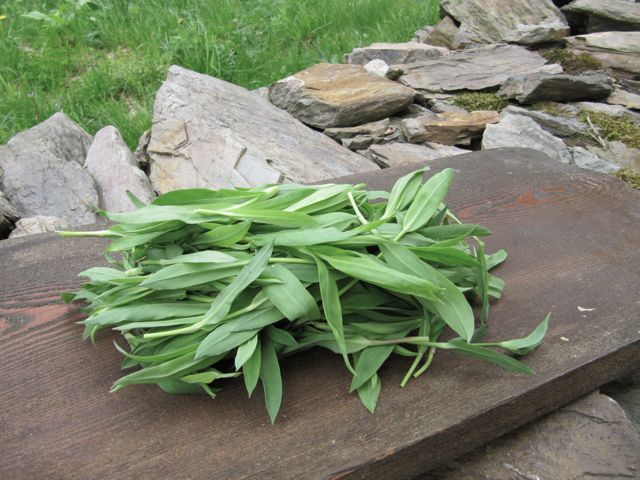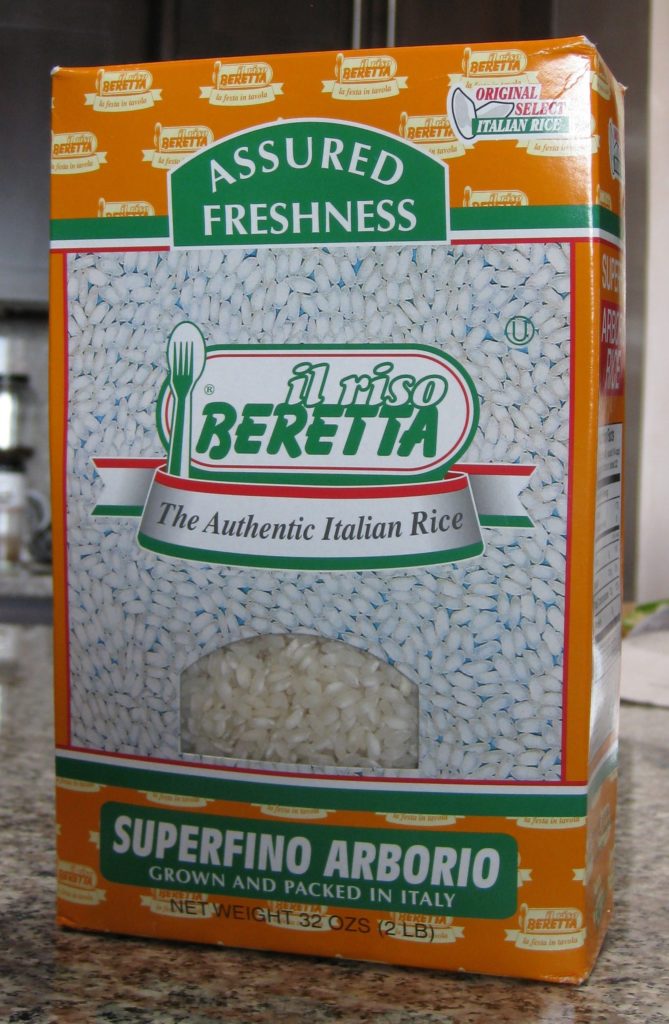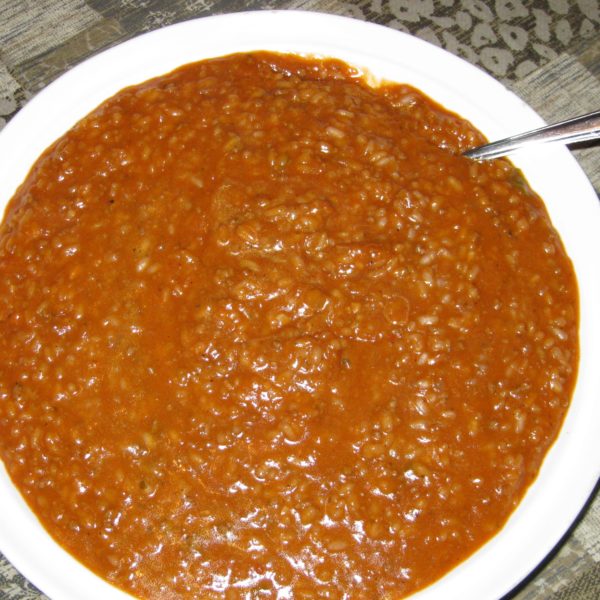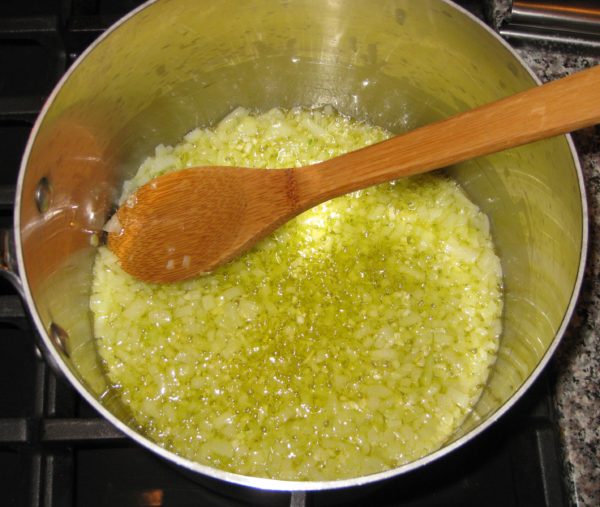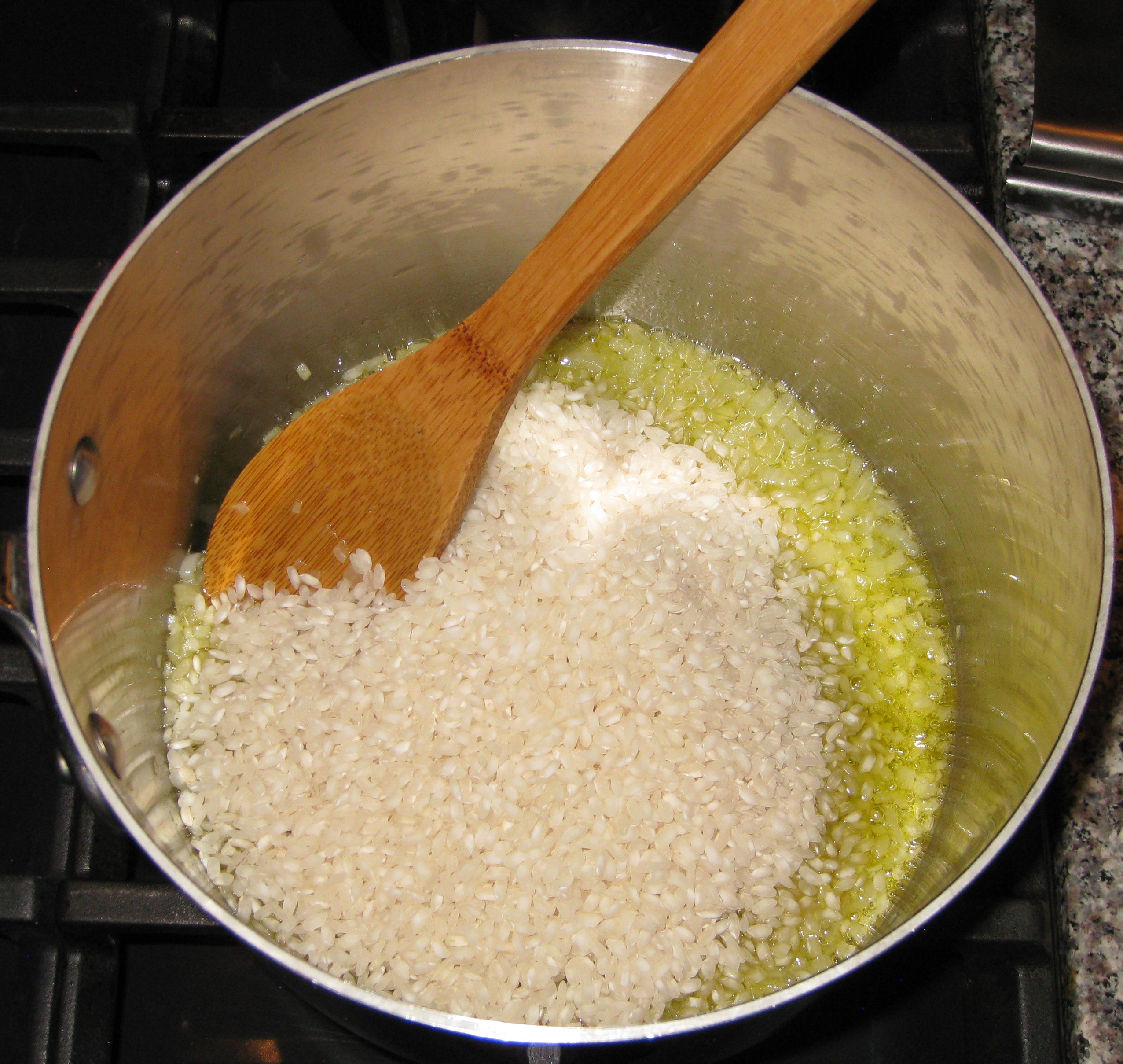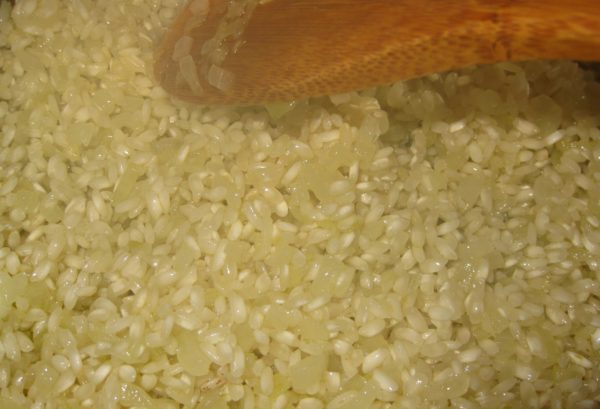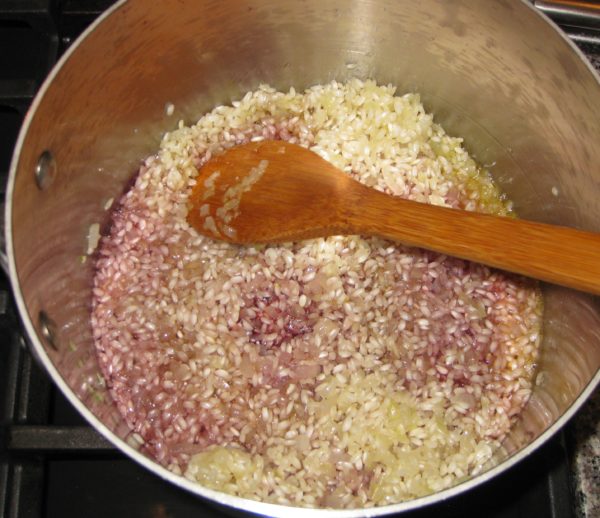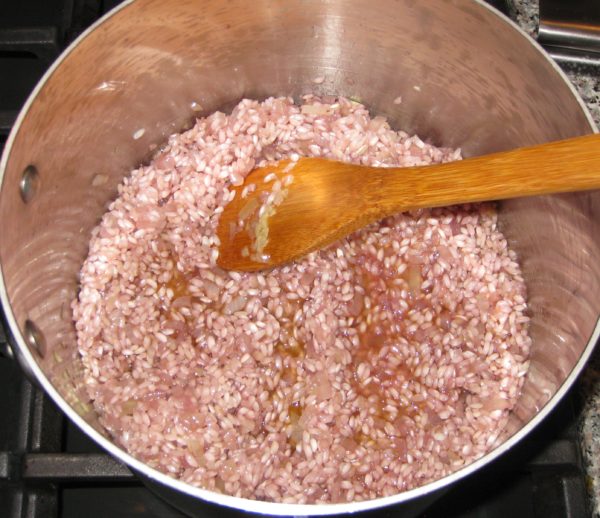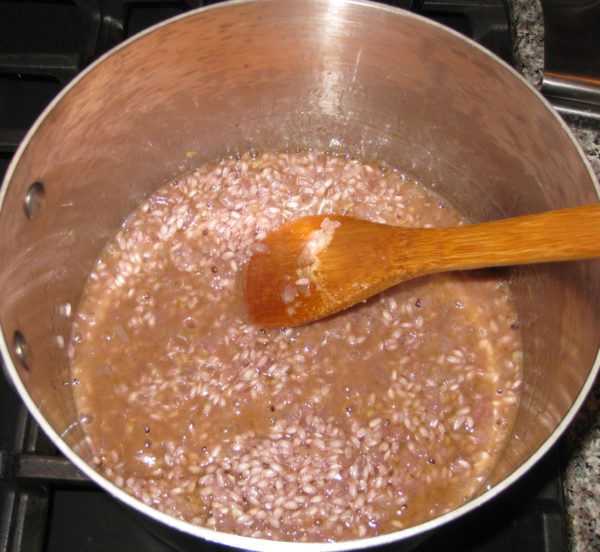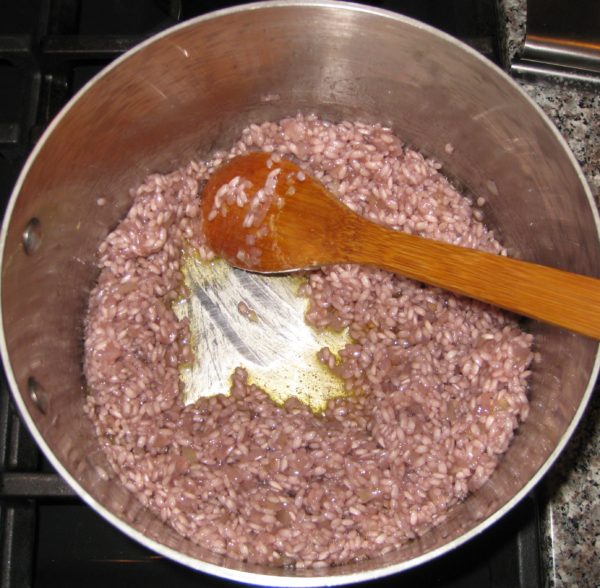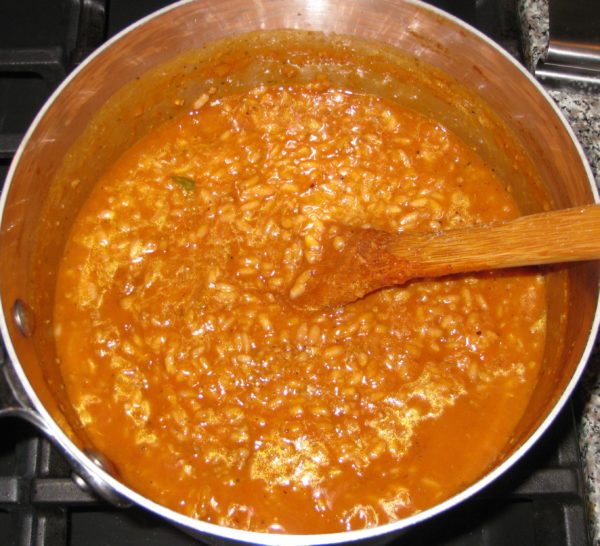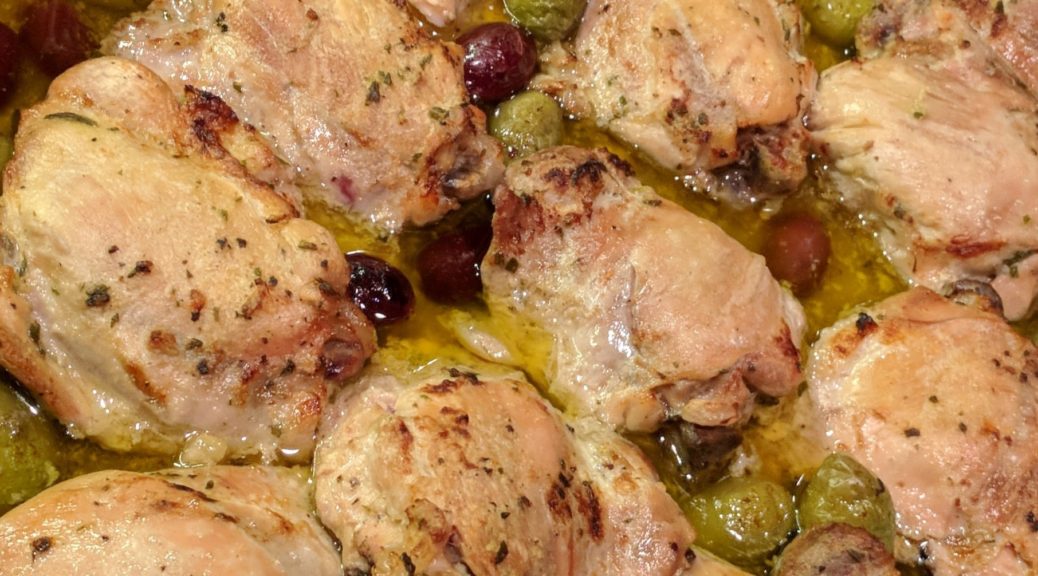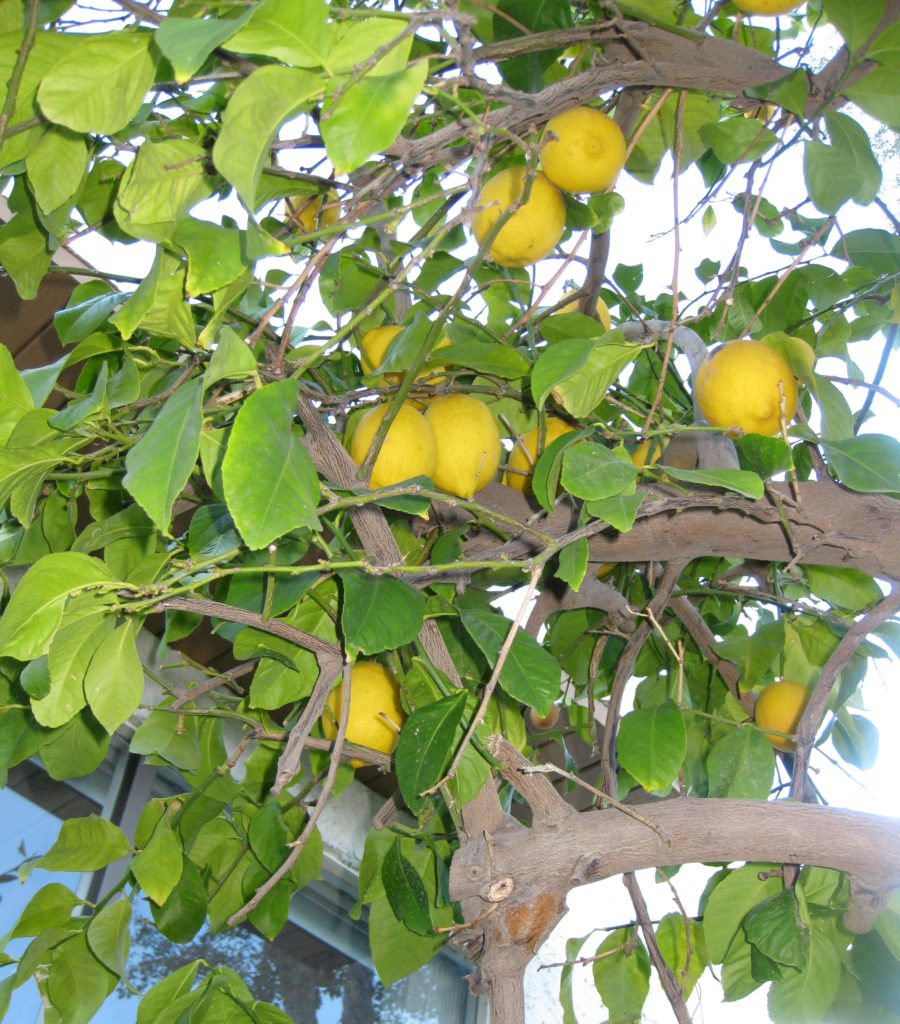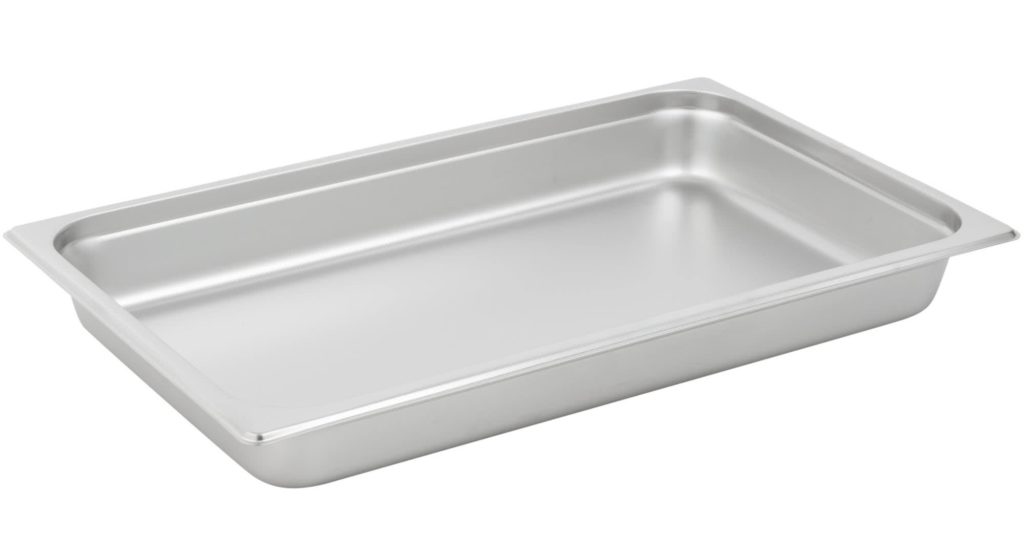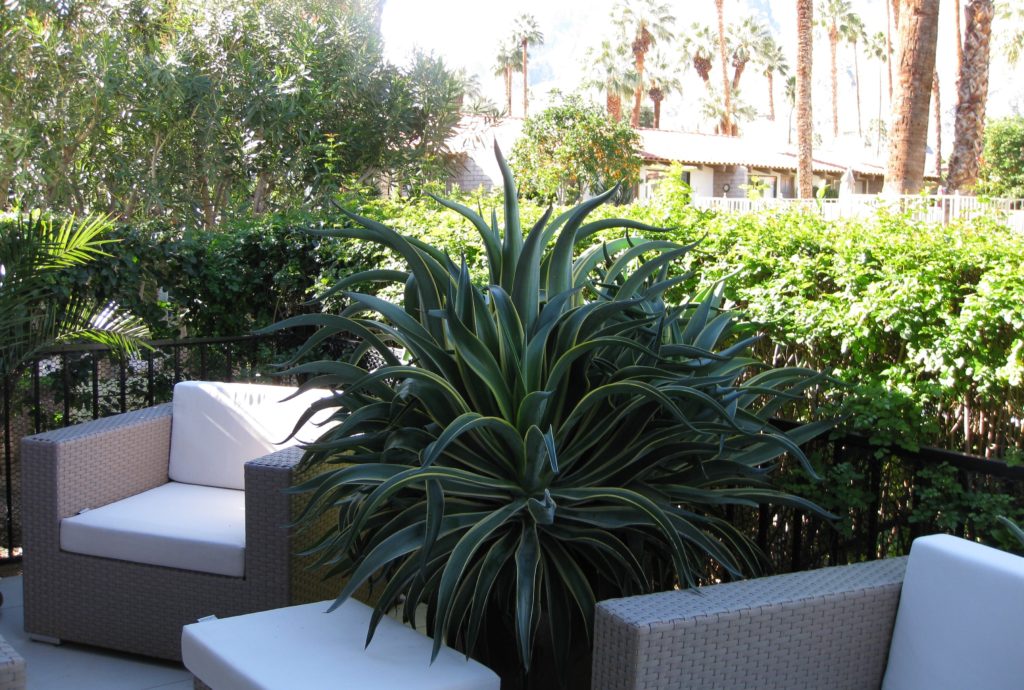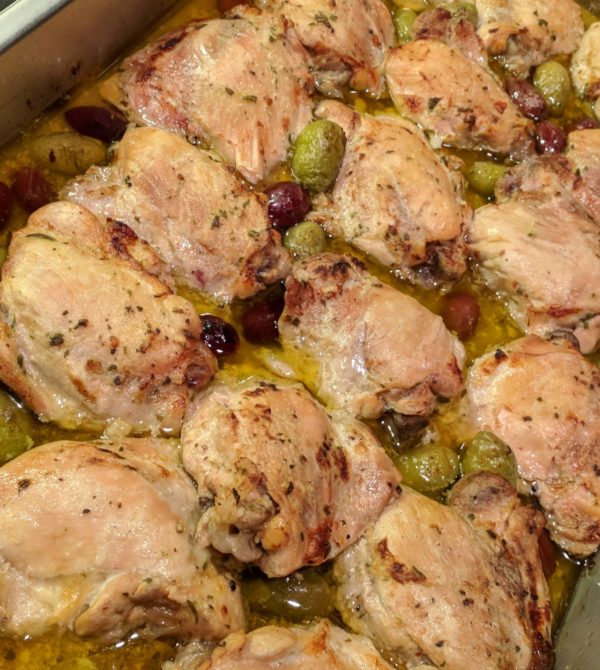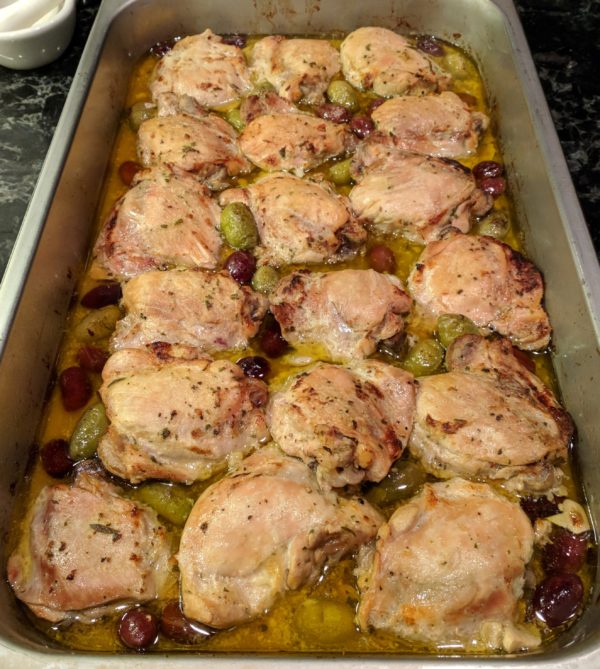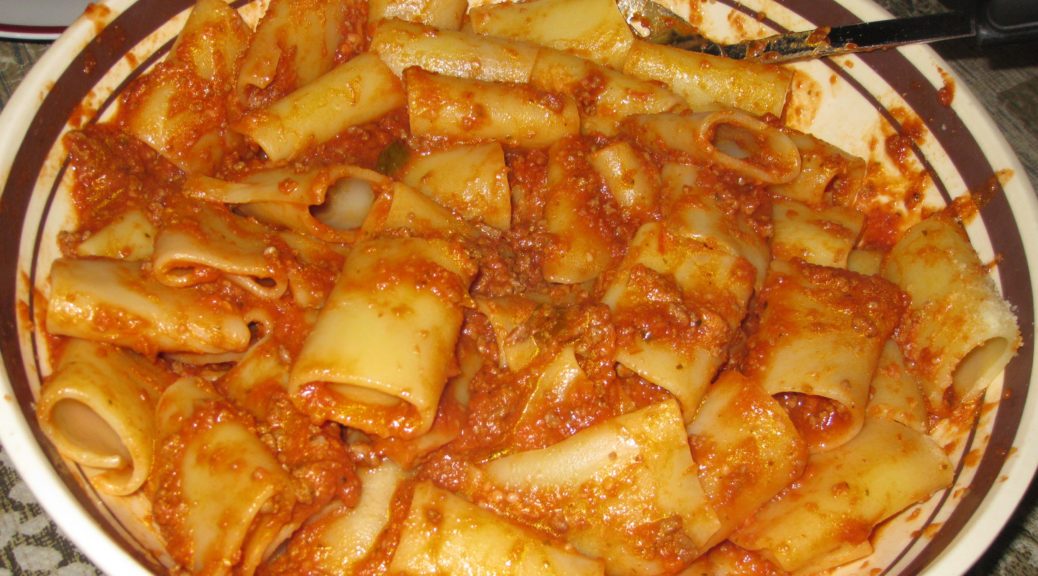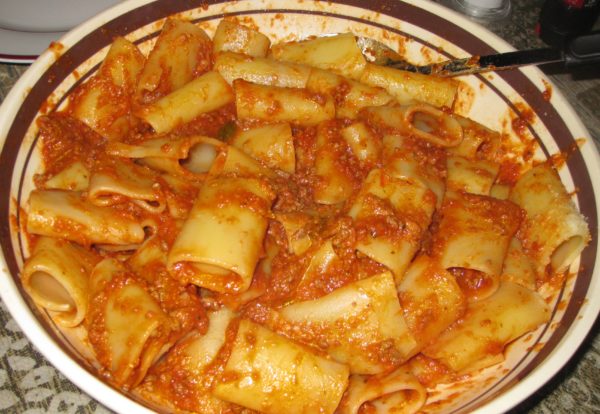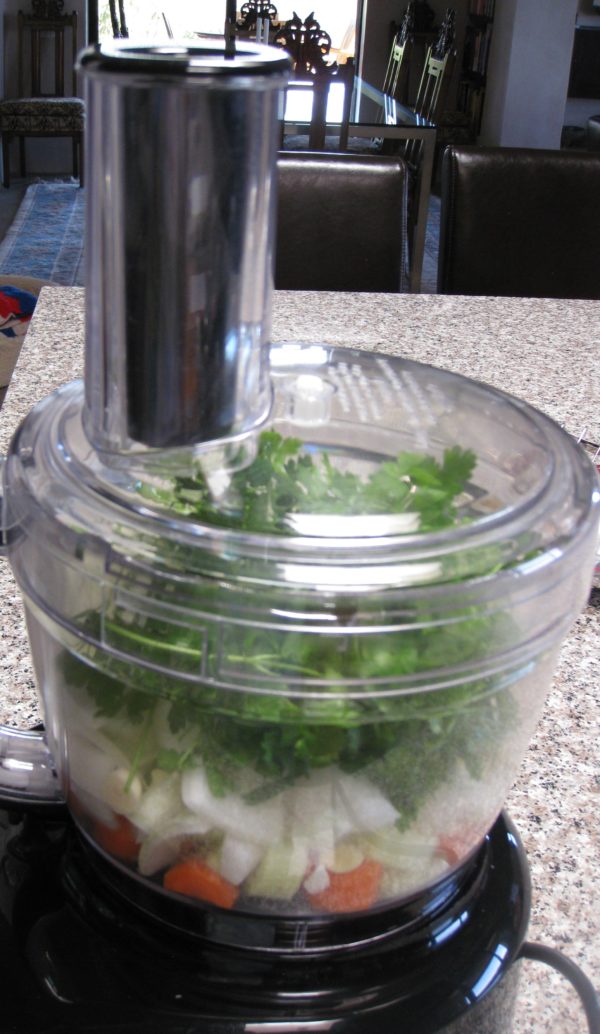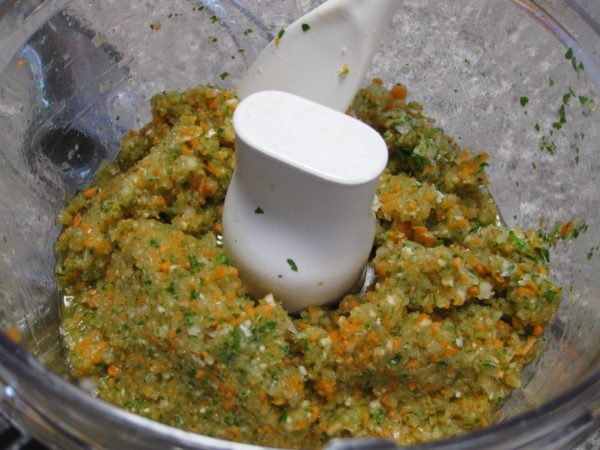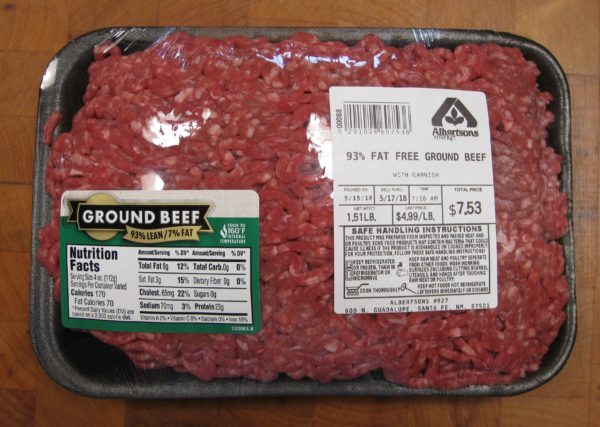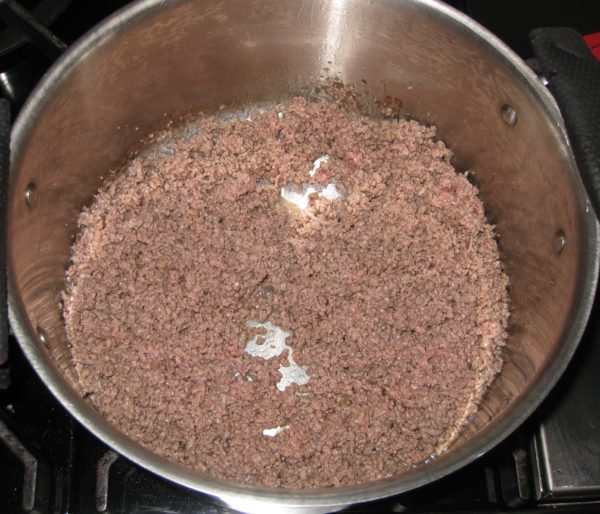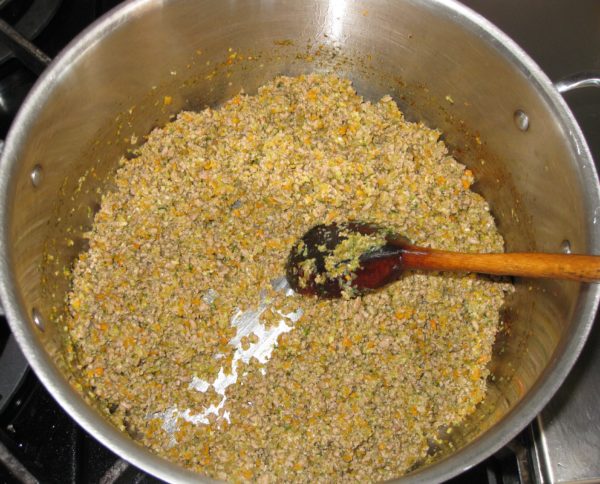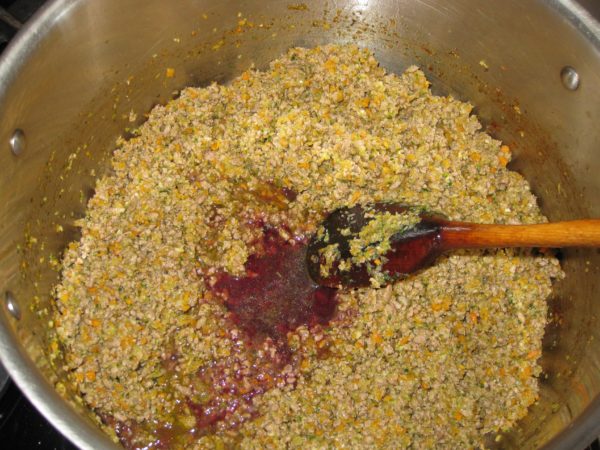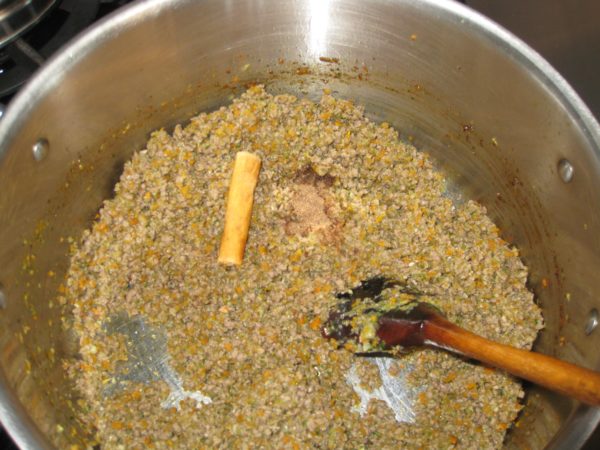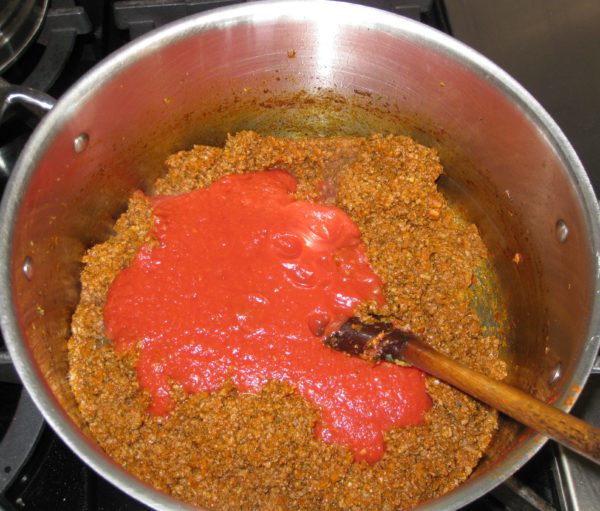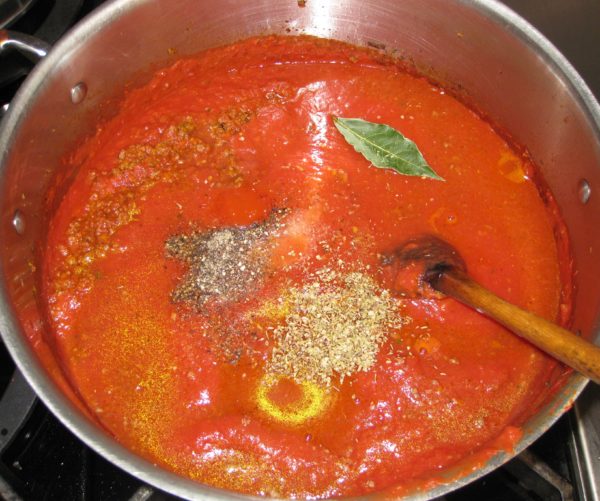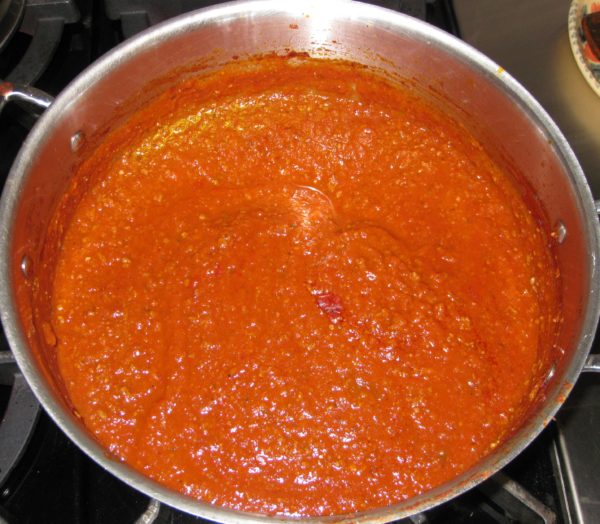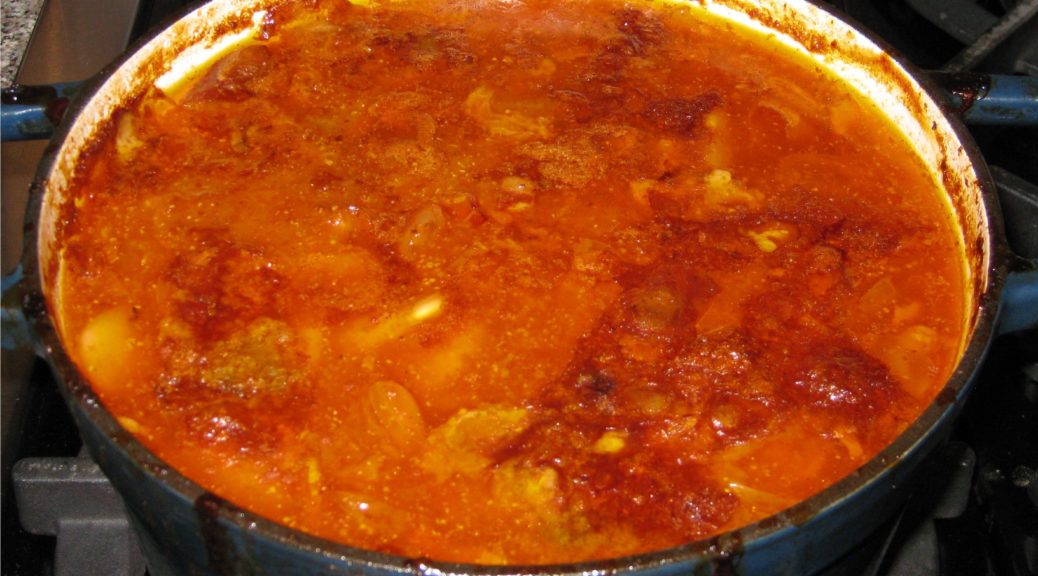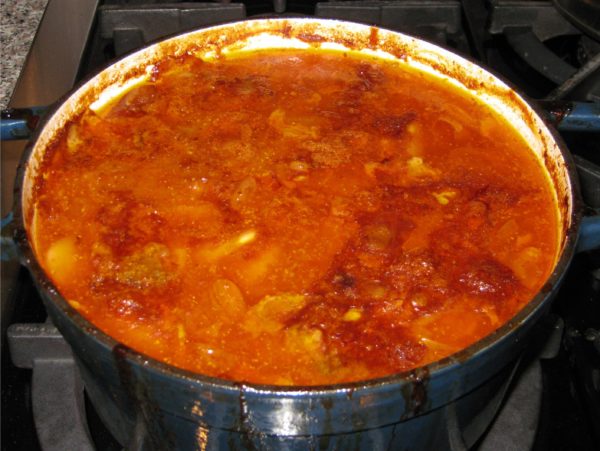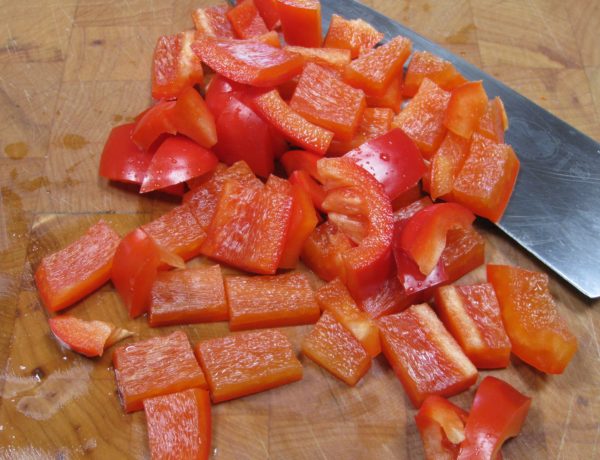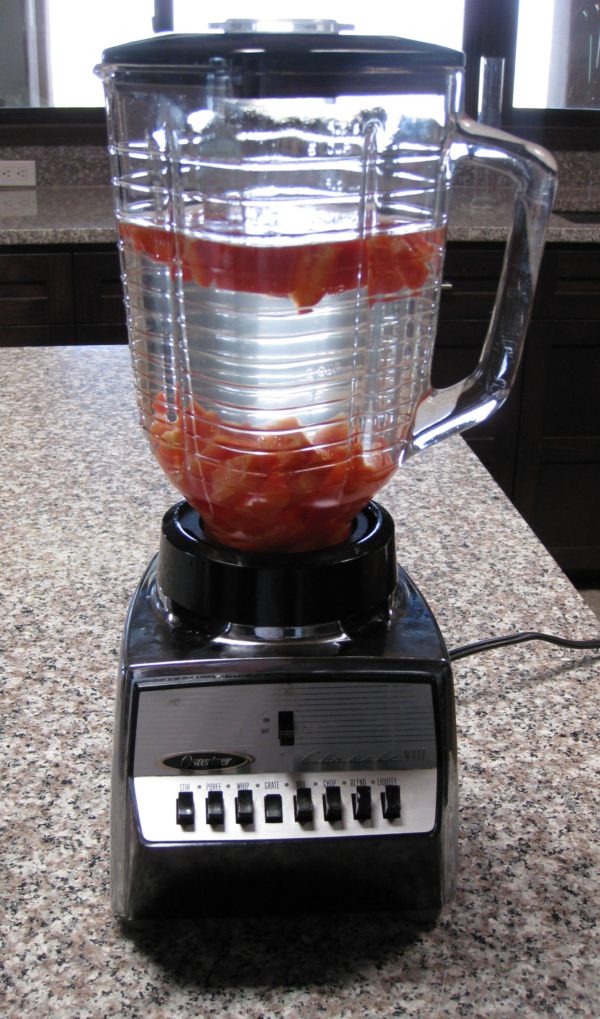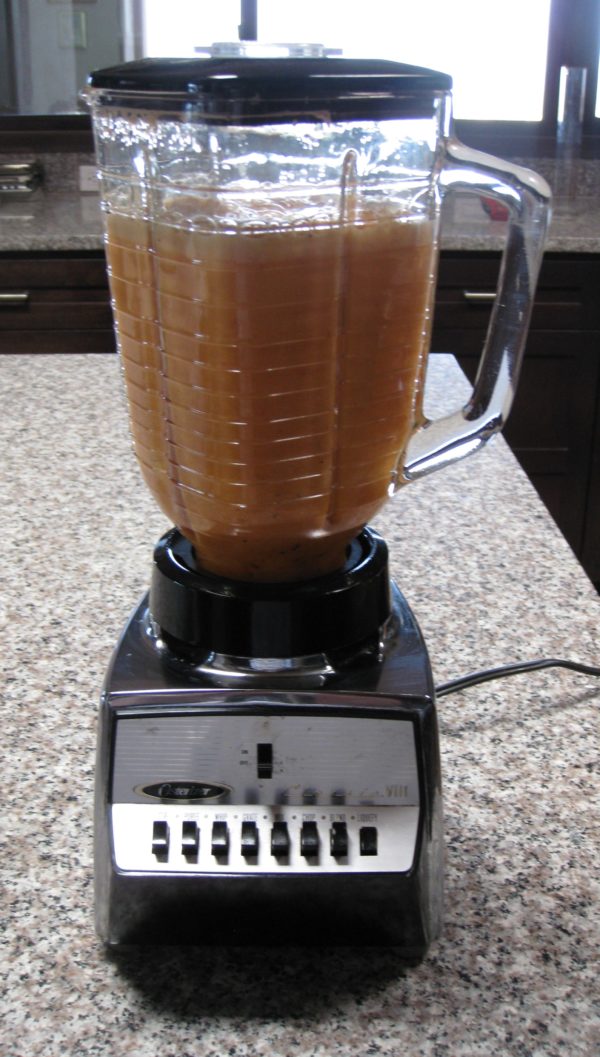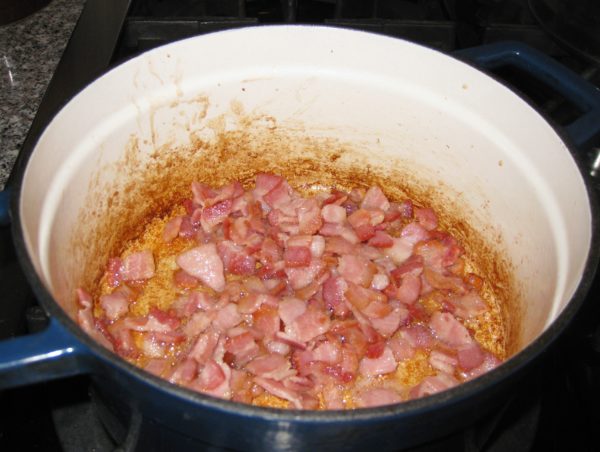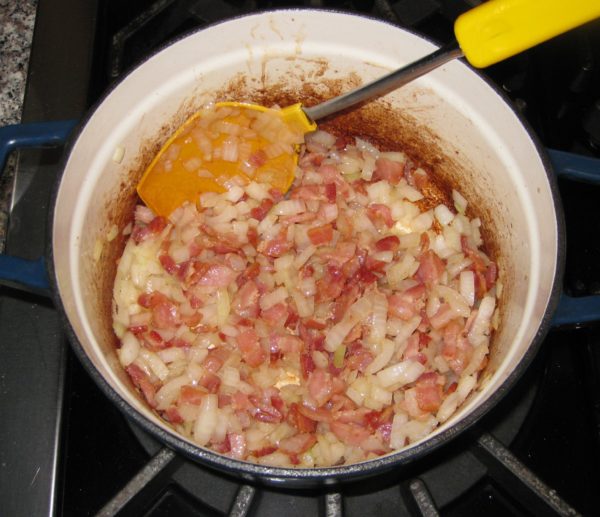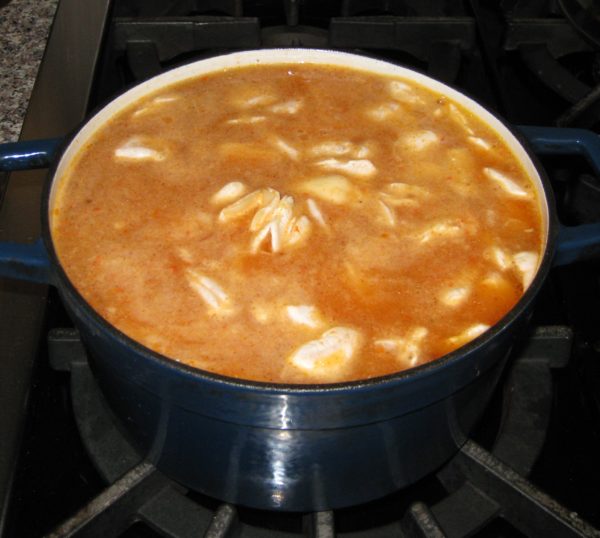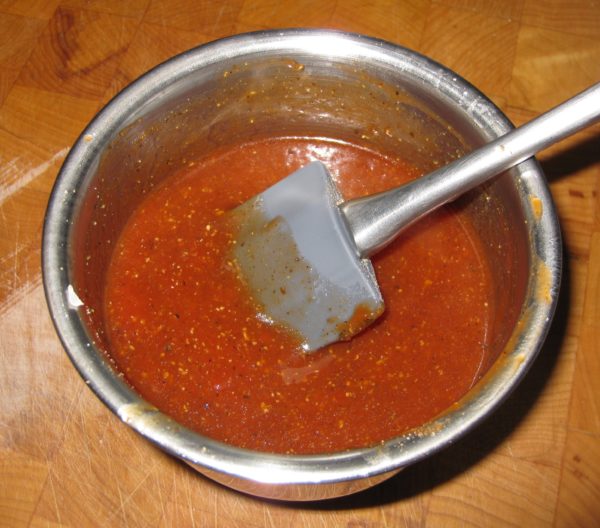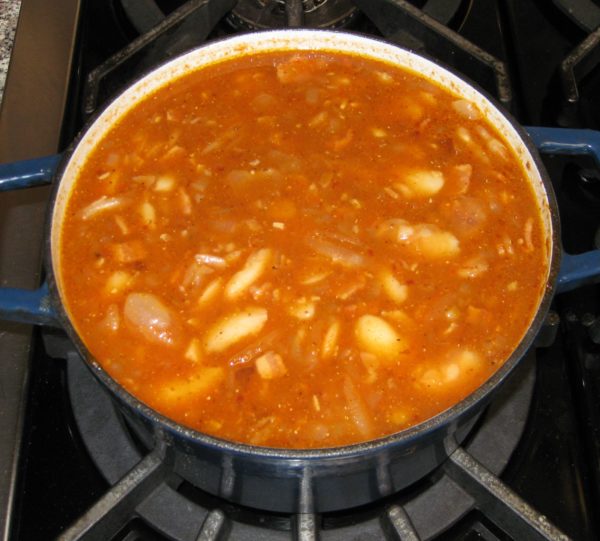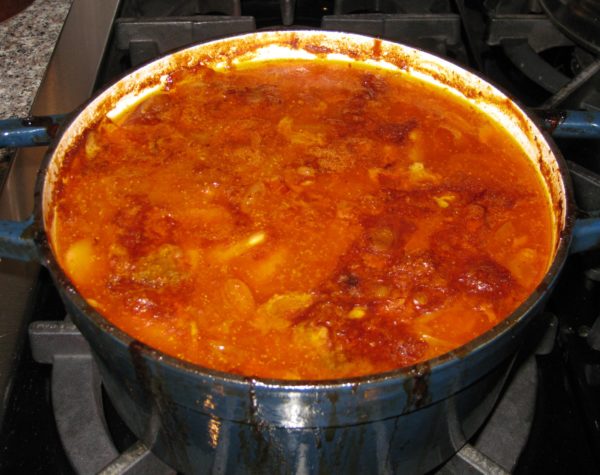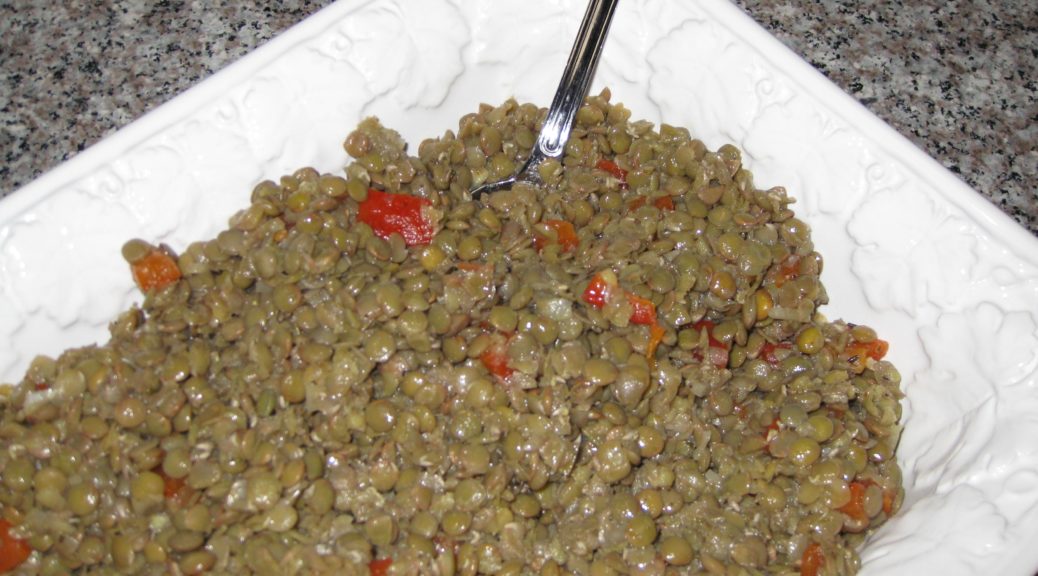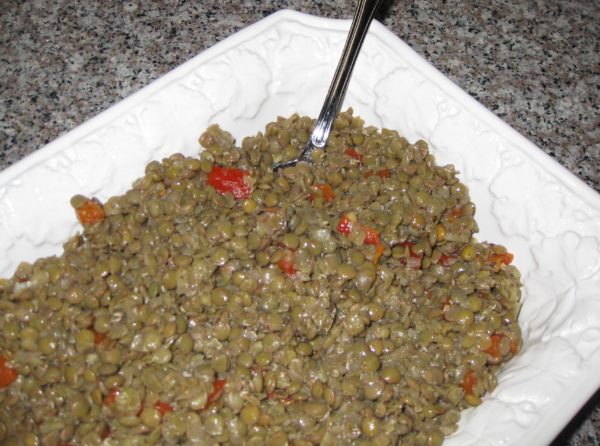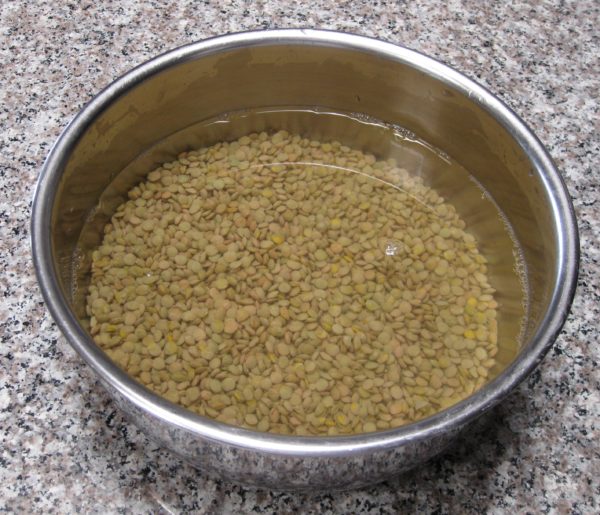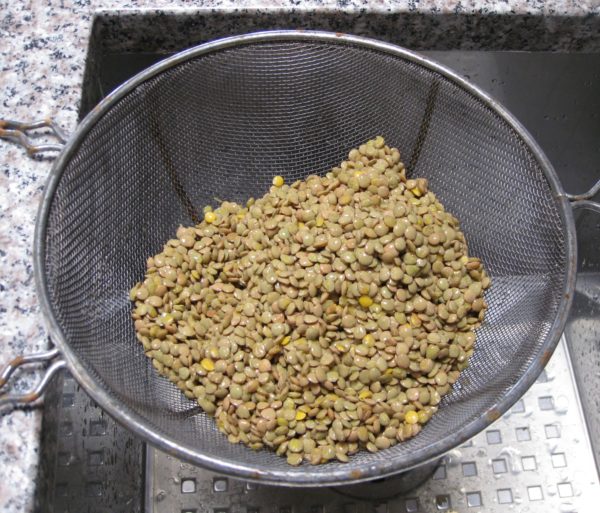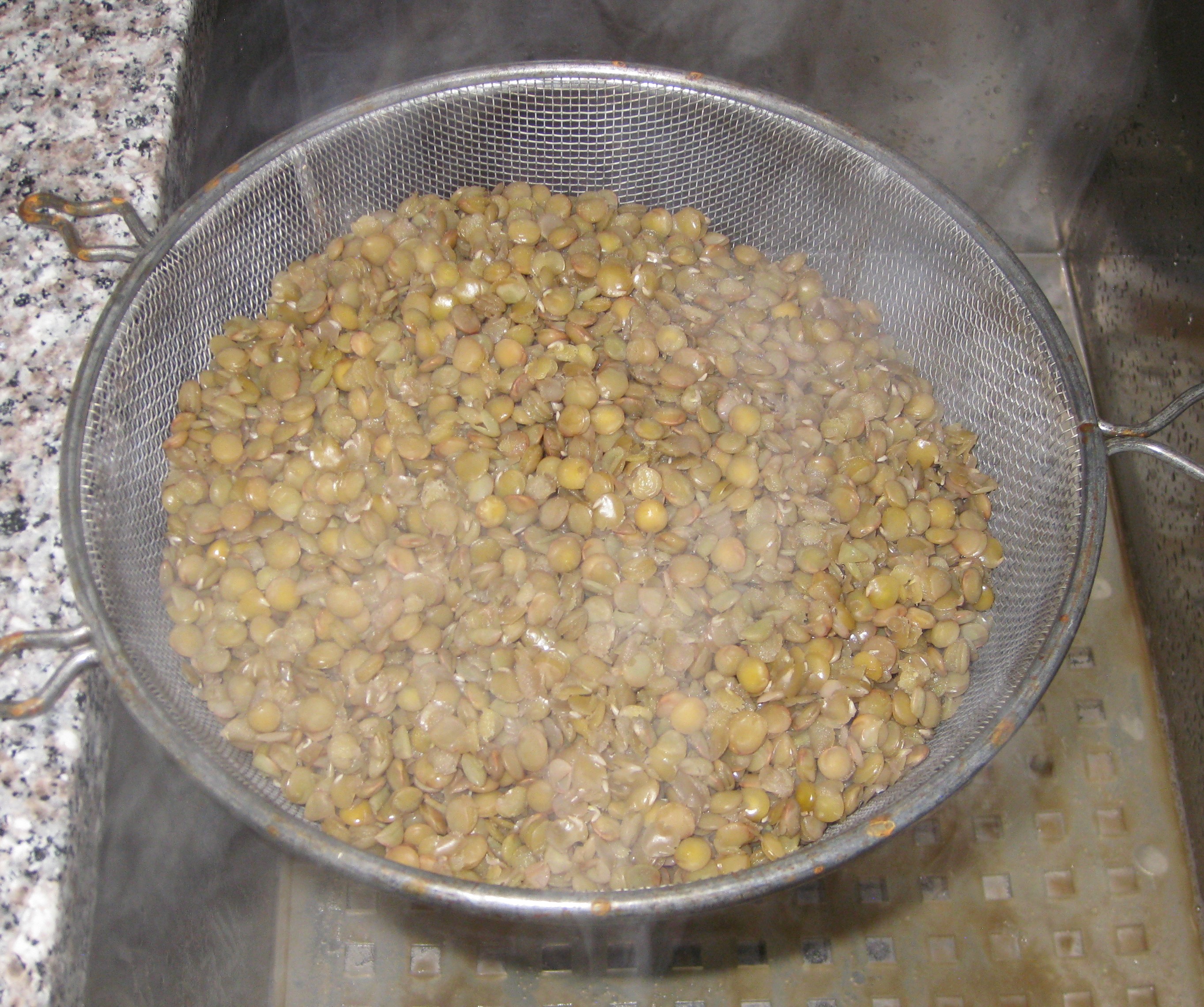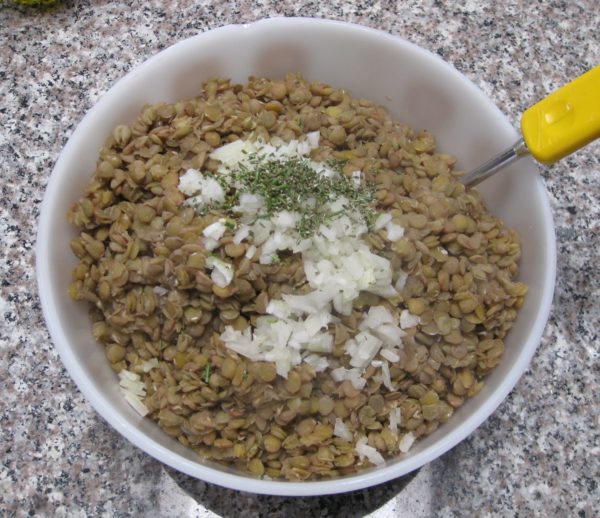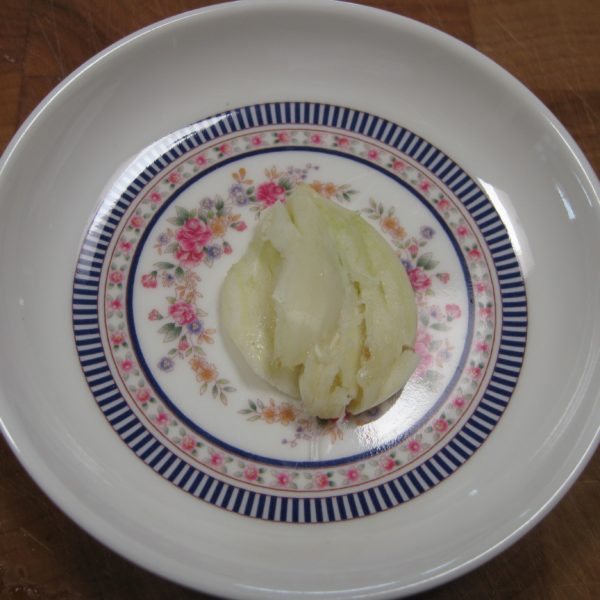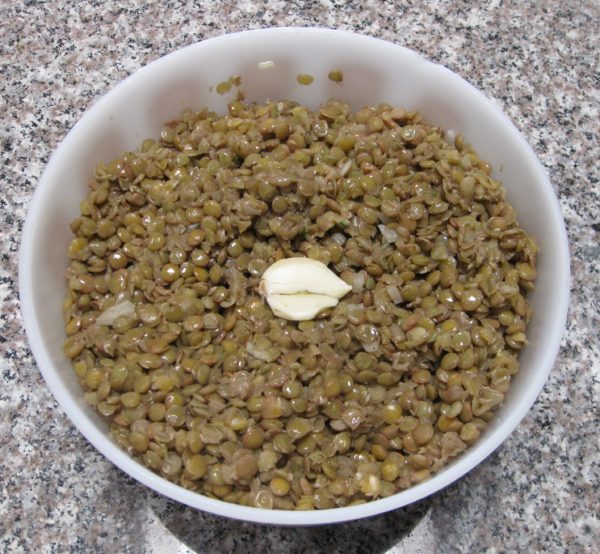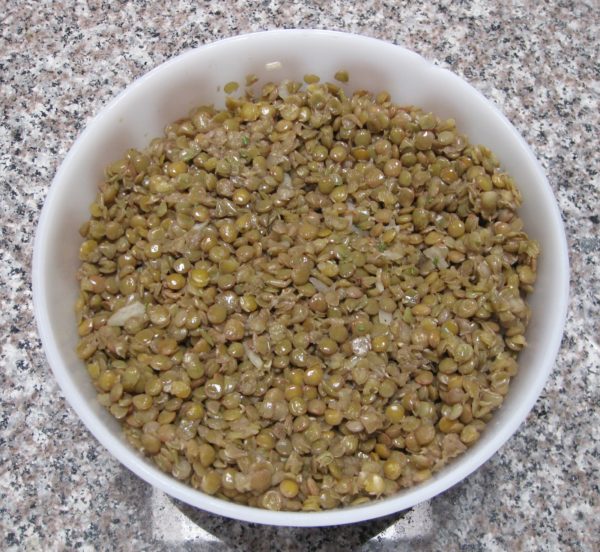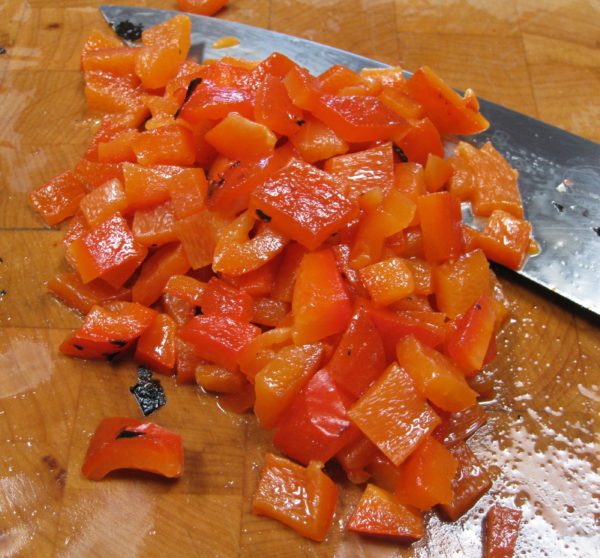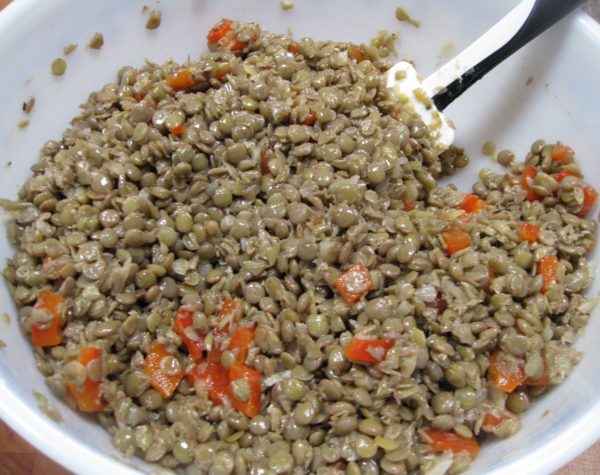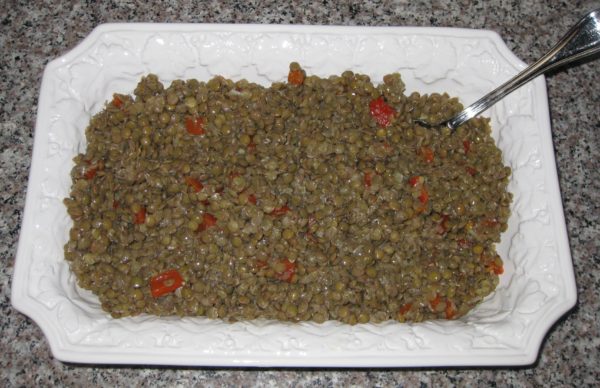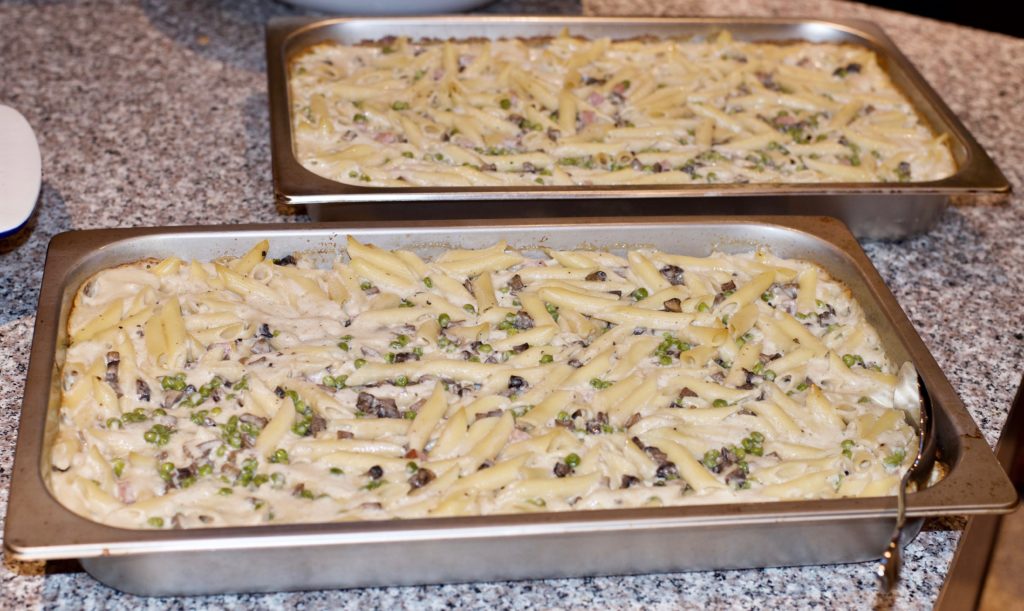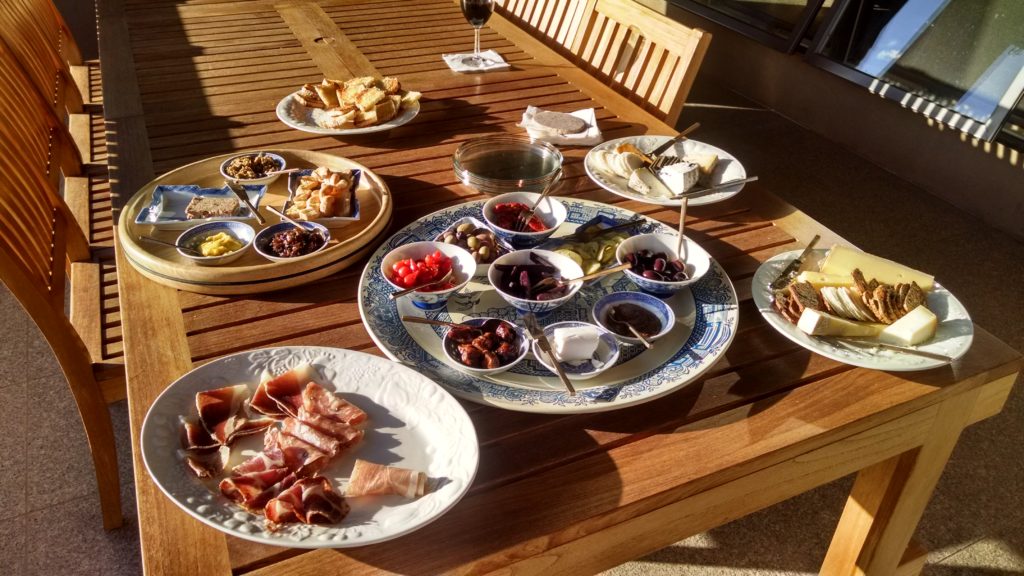August 22, 2018
I completed my residency in psychiatry in June 1981. Although I was part of the 1980 graduating class in medical school, I didn’t finish until 1981. The added year allowed me to get a master’s degree in anthropology as well as to complete all my coursework, field work, and dissertation defense for a PhD. I didn’t finish writing my PhD dissertation and, unfortunately, didn’t get a PhD. (The reason I didn’t finish writing my dissertation is a long story better suited for another day.)
I started a private practice in Philadelphia as soon as I finished my residency, forming a partnership with Gene d’Aquili. Our office was at 2400 Chestnut Street. It was an apartment building but was conveniently located to the University of Pennsylvania and the management was happy to allow us to rent one of the apartments for use as an office.
In quick succession, Wolf Rieger, another psychiatrist from Penn and one of my previous instructors, did the same thing right down the hall from us.
Mark Vuolo, another resident in my group opened his practice a few floors up from us.
Join our mailing list and you’ll never miss a recipe again!
It was a congenial group.
Starting a private practice takes a while so I, like most newly-minted psychiatrists, took on a part-time job. I was a hired by the Lenape Valley Foundation (LVF) in Bucks County, north of Philadelphia. LVF provided the bulk of the psychiatric services in Bucks County. The Foundation provided the community mental health center for the county, ran the psychiatric inpatient unit at the hospital in Doylestown, provided psychiatric services to the Bucks County Correctional Facility, consulted at area nursing homes, and ran a psychiatric partial hospital, among other things.
Part of my responsibility was to be the psychiatrist at the partial hospital. A partial hospital is a program that operates during the day, with patients going home for the night. It can serve as a bridge from the hospital to less intensive treatment or it can provide supportive services in an ongoing manner for individuals who need more care than can be provided in an office-based psychiatric practice.
Follow us on your social media platform of choice
Each day, a group of patients and a staff member made lunch for everyone. In psychiatric parlance, this would be an “activity of daily living” (ADL) and would be considered a therapeutic activity. The older adults usually made comforting, grandmotherly food. Louis Evangelista, the Music and Movement Therapist, often had his group make Italian food.
By regulation, I, as the psychiatrist, was required to be onsite a specified number of hours per week based on the number of patients. After a few months, once I knew all the long-term patients and had a good system in place to evaluate the new ones, I had time on my hands so I took on one of the ADL groups. It was probably the only time a partial hospital had a psychiatrist teaching patients how to cook!
Louis made a killer pasta e fagioli. He learned it from his Sicilian grandfather. When I left the Lenape Valley Foundation and the partial hospital, it was the meal I requested for my last day.
I hope you enjoy it as much as I do.
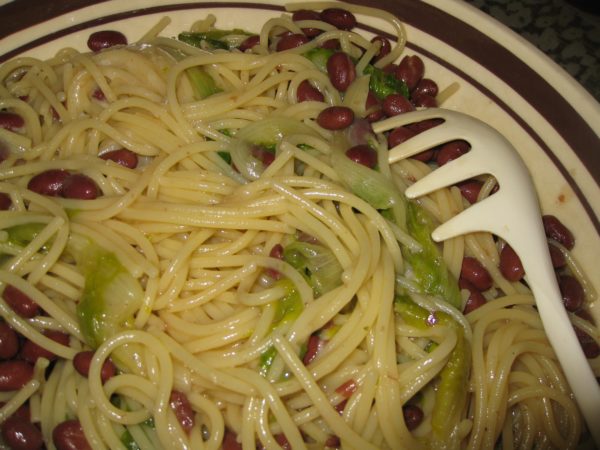
| Prep Time | 15 minutes |
| Cook Time | 45 minutes |
| Servings |
people
|
- 1 pound spaghetti
- 1/3 cup salt
- 1 head escarole
- 3 cups cooked red kidney beans plus cooking liquid to cover (or two 15-ounce cans)
- 5-6 cloves garlic crushed with the side of a knife
- 1/2 cup extra virgin olive oil plus additional as needed
- salt to taste
- black pepper freshly ground to taste
- 1/2 cup Parmigiano Reggiano or Pecorino Romano cheese grated, plus additional for serving
Ingredients
|

|
- Bring four quarts of water seasoned with 1/3 cup of salt to a boil.
- Meanwhile, gently heat the beans and their liquid in a small pot.
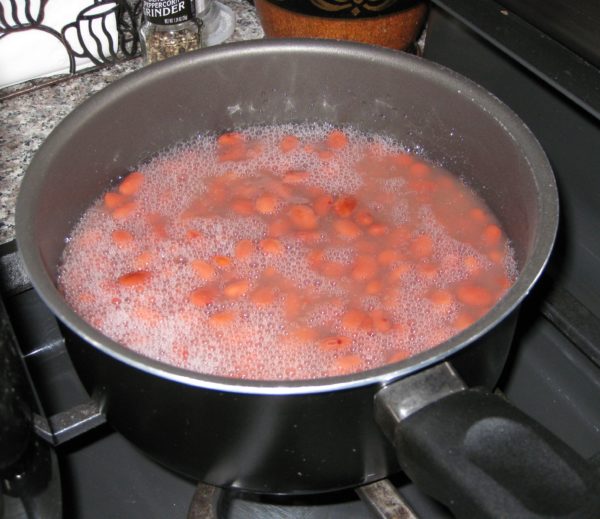
- Separate the leaves of the escarole.
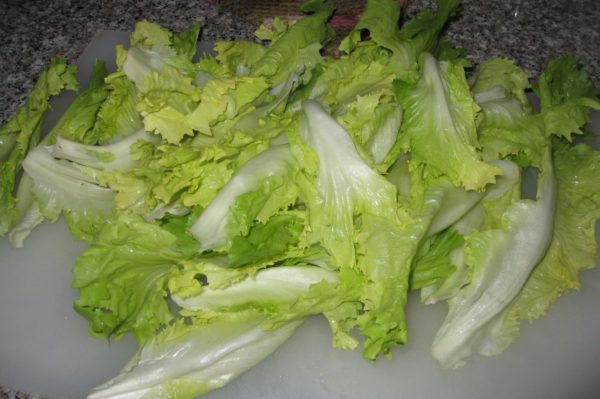
- In a sauté pan large enough to hold everything, heat the olive oil.
- Add the garlic to the oil and sauté over medium-low heat until brown. Be careful not to burn the garlic or it will impart a bitter taste.
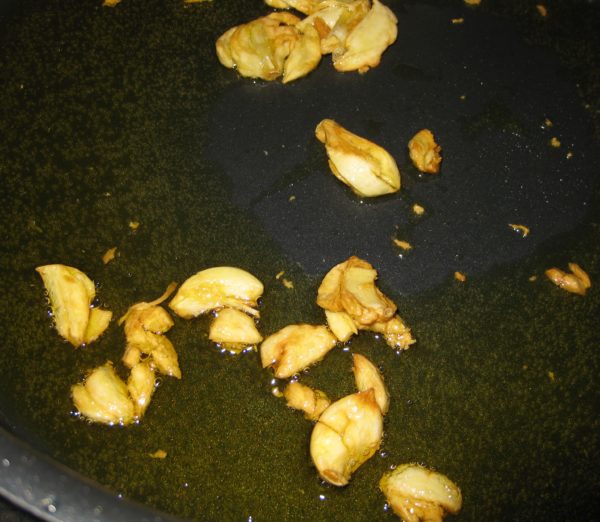
- When the garlic is brown, discard it and remove the oil from the heat.
- When the water comes to a boil, add the escarole leaves, return to a boil, and cook until wilted, approximately 1 minute.
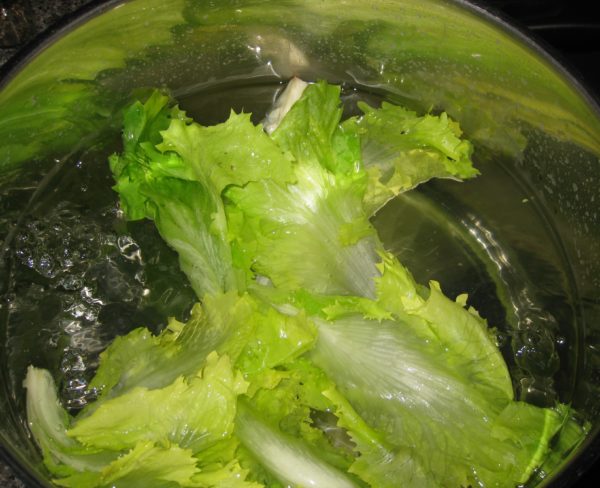
- Lift the escarole out of the water and toss with the oil in the skillet.

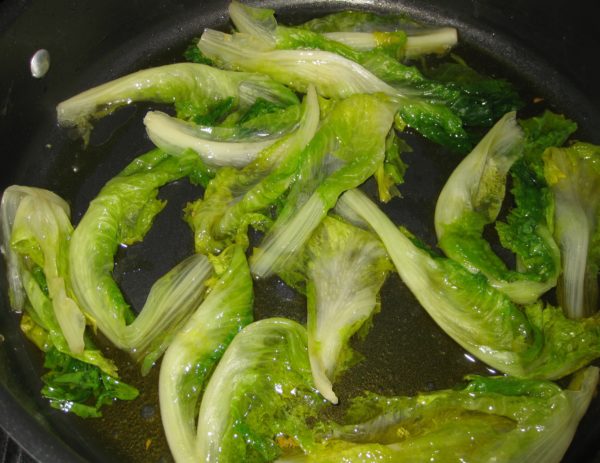
- Cook the spaghetti in the same water used to cook the escarole until it is almost al dente. It should still be just a bit crunchy on the inside.
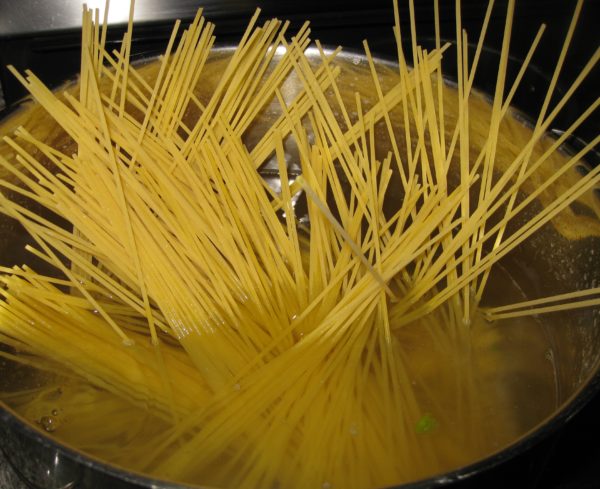
- Add the warmed beans to the sauté pan with the escarole and keep warm on low heat.
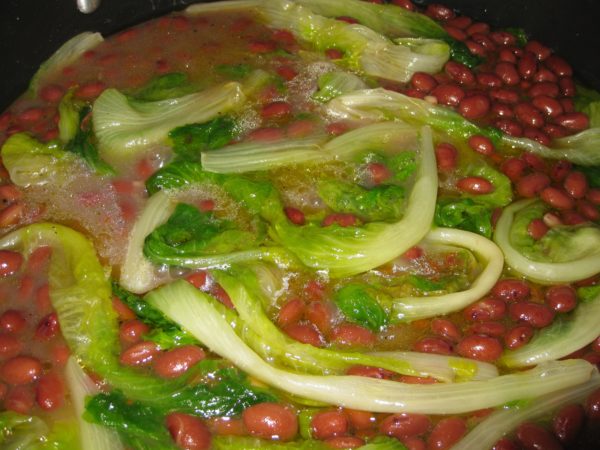
- When the pasta is ready, reserve one cup of the pasta-cooking water.
- Drain the pasta and add to the beans and escarole.
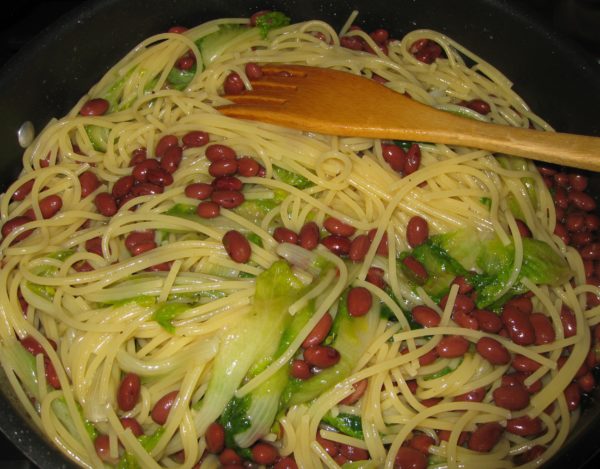
- Season with black pepper to taste.
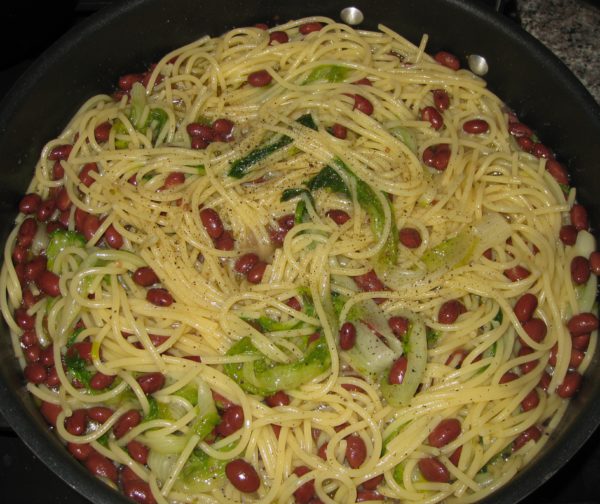
- Cook over medium to medium-low heat until the spaghetti is just al dente, adding the reserved pasta cooking water as needed.
- There should be enough liquid left to create a glossy sauce.
- Off the heat, add the grated cheese and a few glugs of olive oil if you wish (I do!)
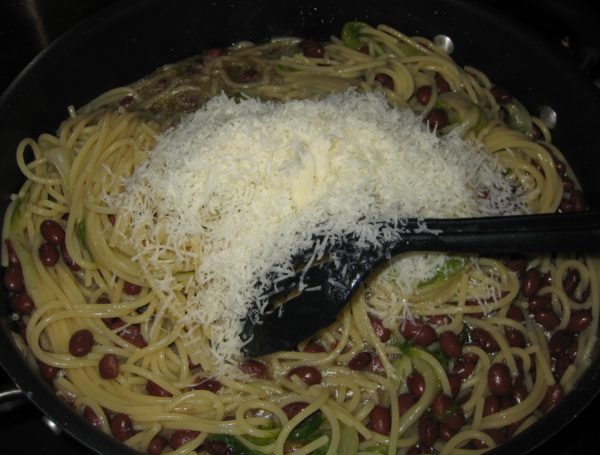
- Taste and adjust salt.
- Serve immediately with grated Parmigiano Reggiano or Pecorino Romano cheese on the side.
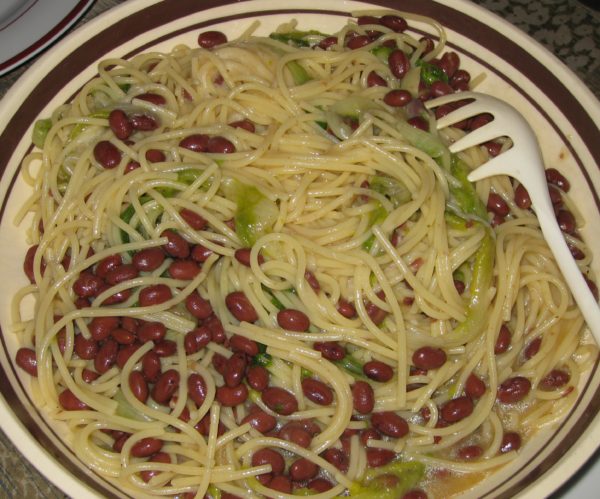
If you want to start with dried beans, use my recipe for Cannellini alla Toscana.
Copyright © 2018 by Villa Sentieri, LLC. All rights reserved.

